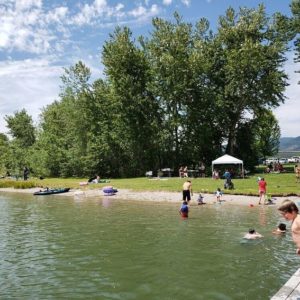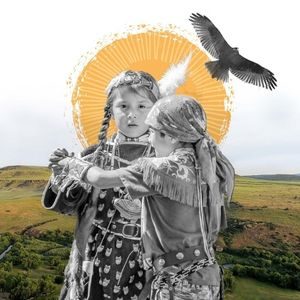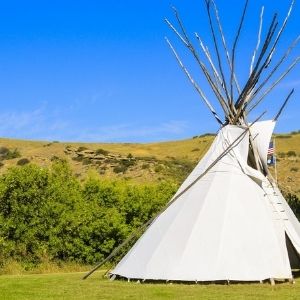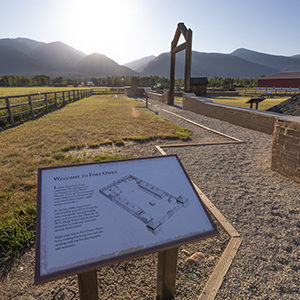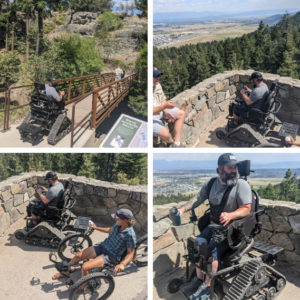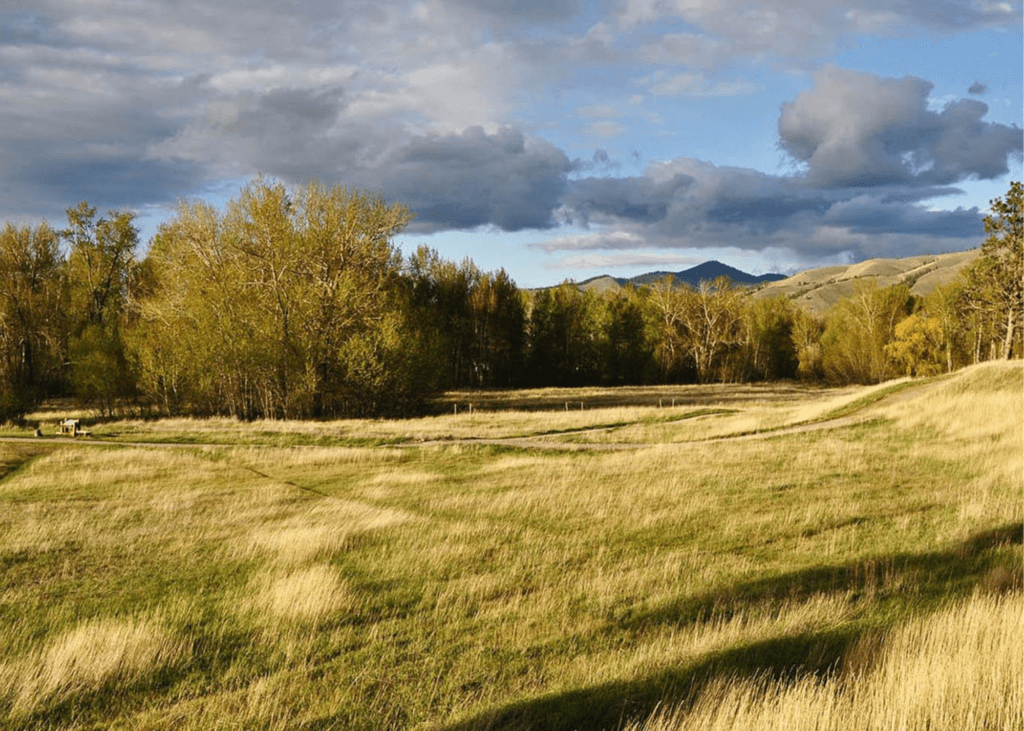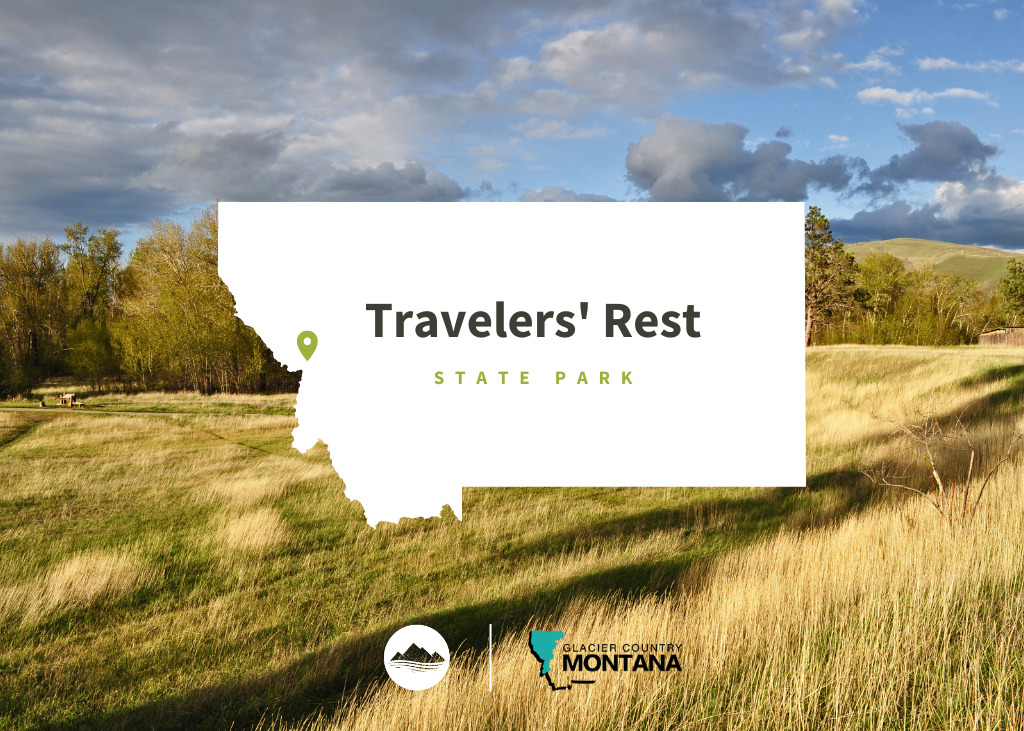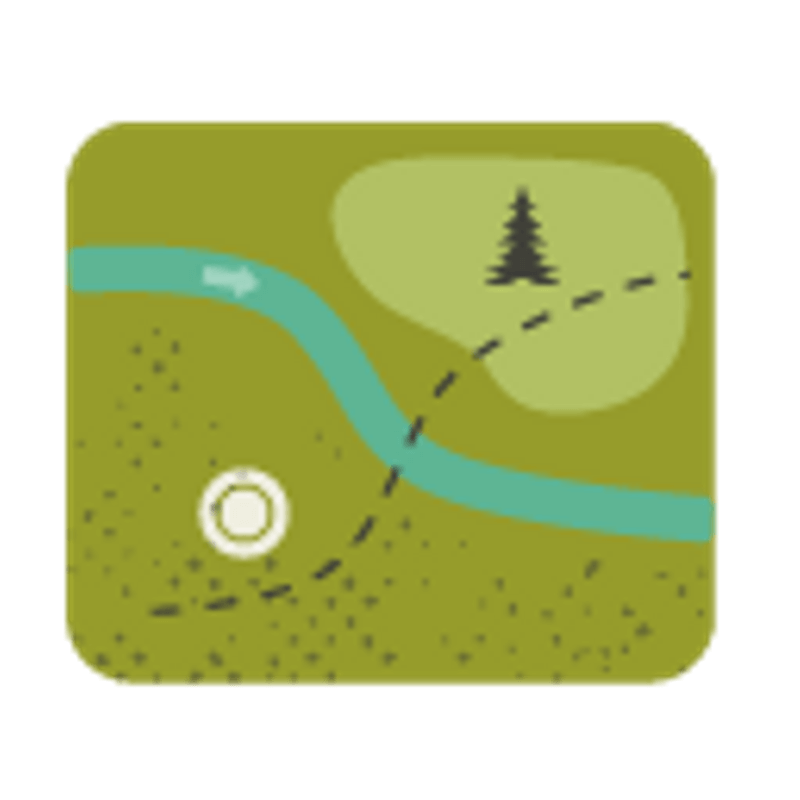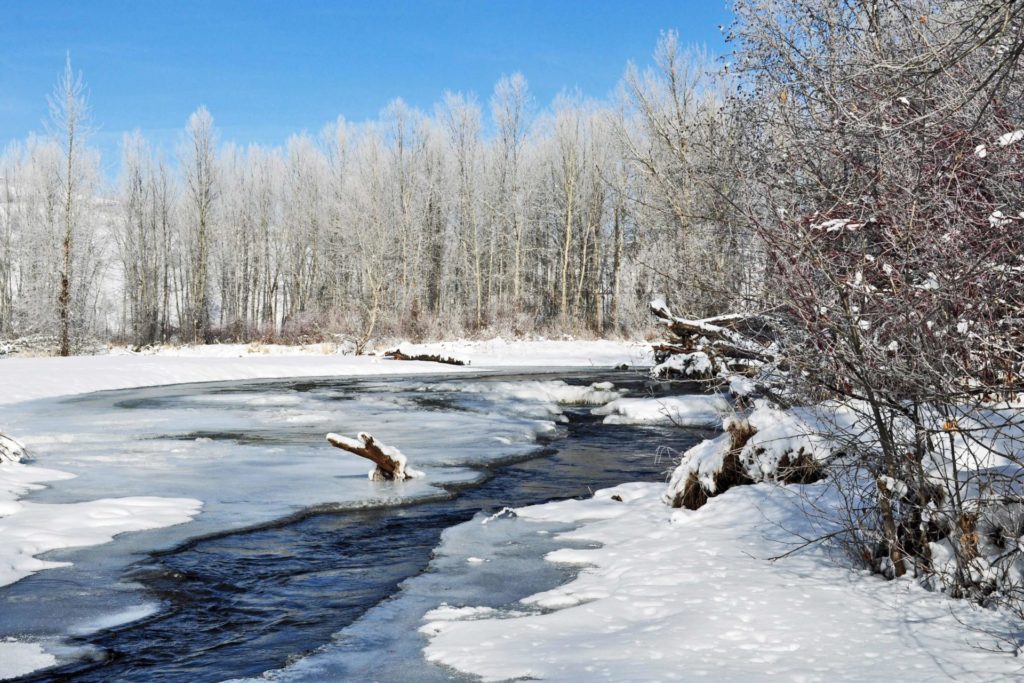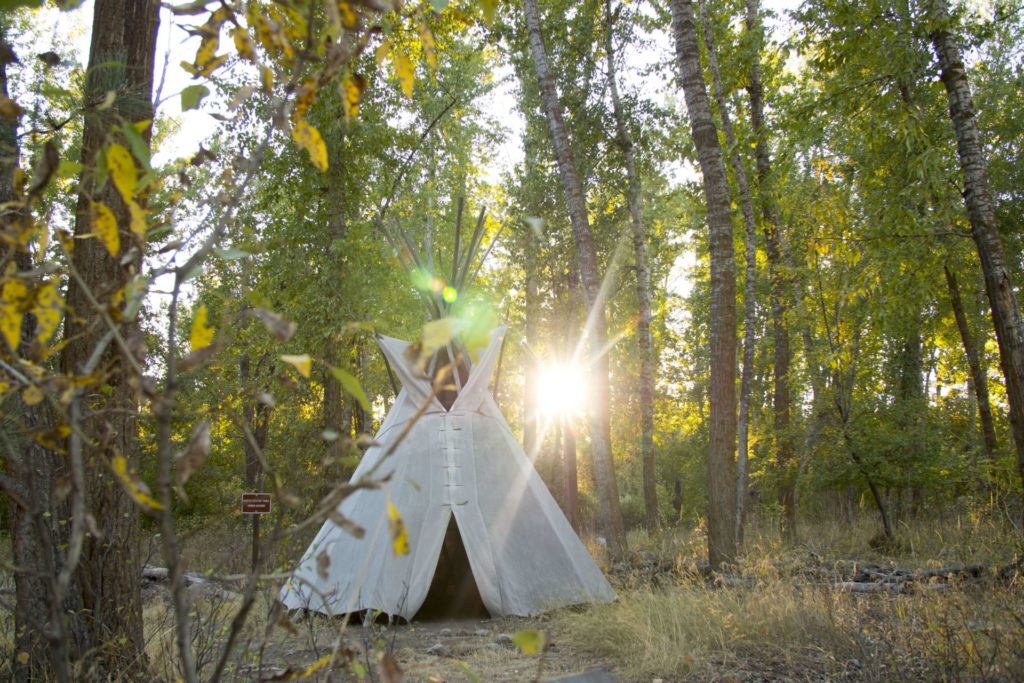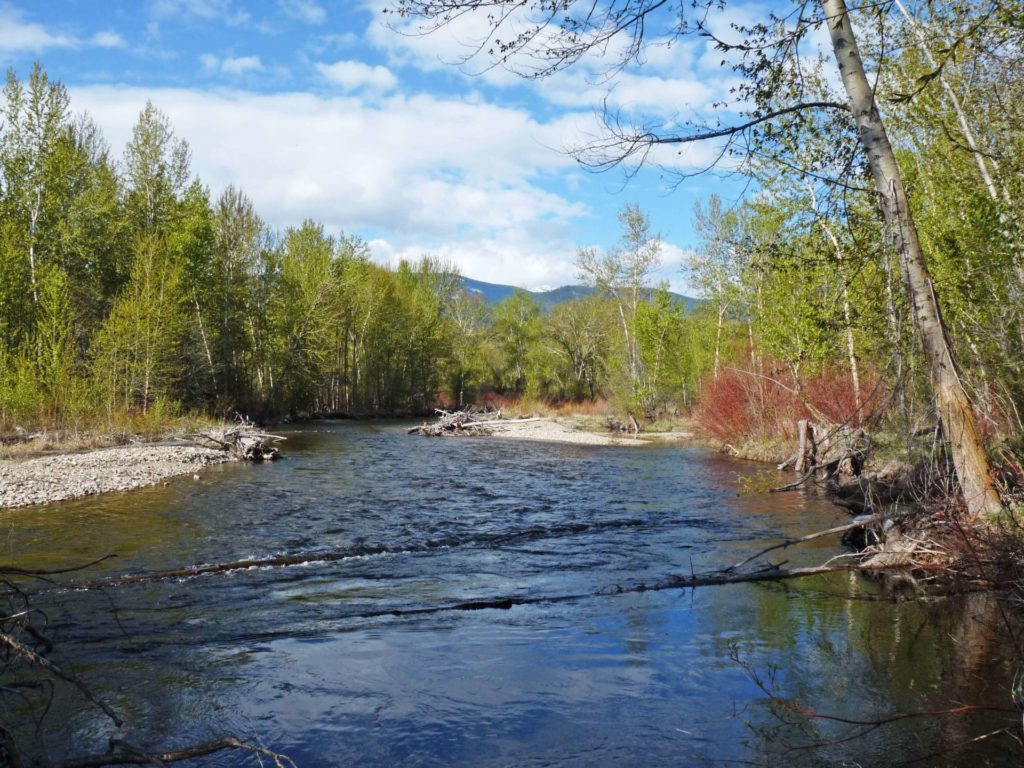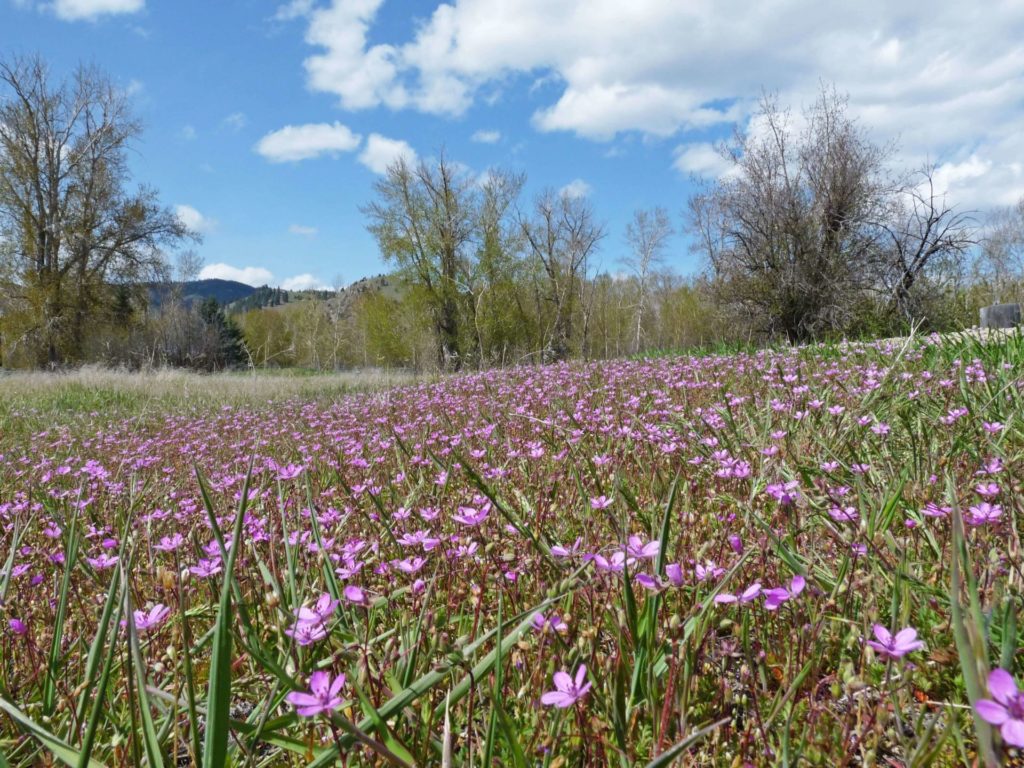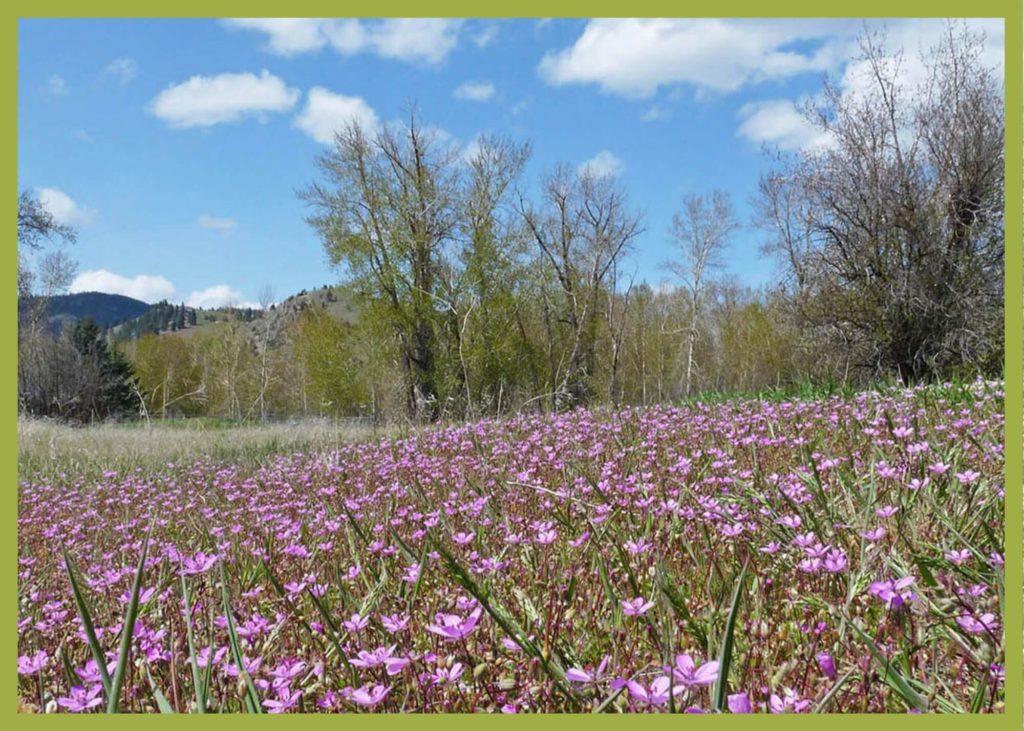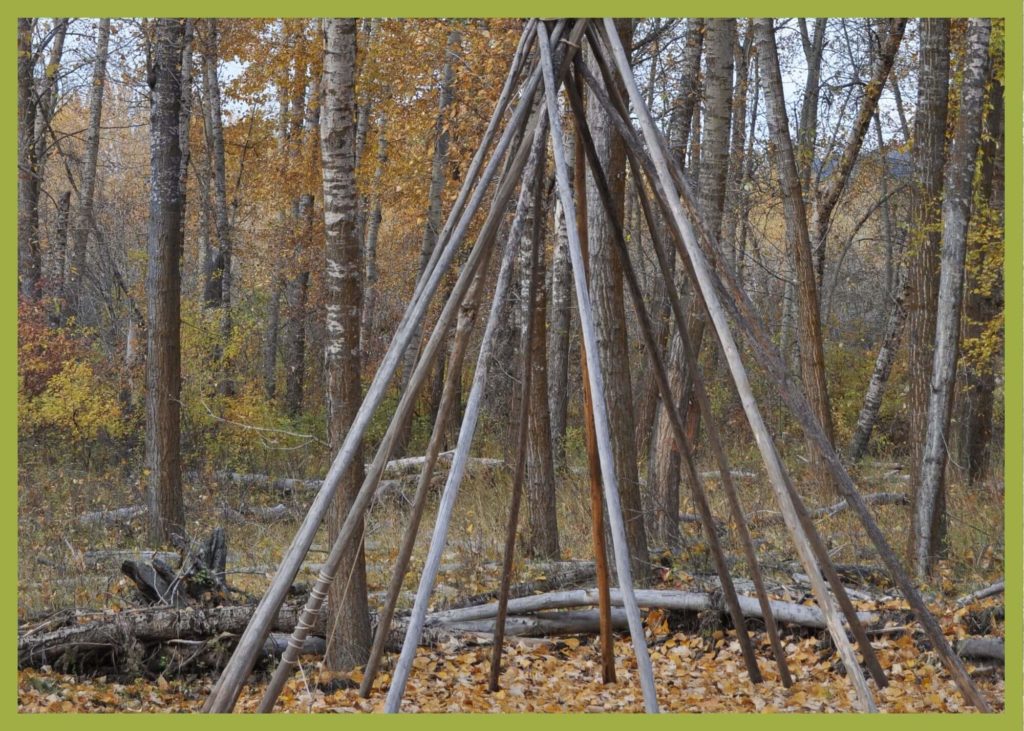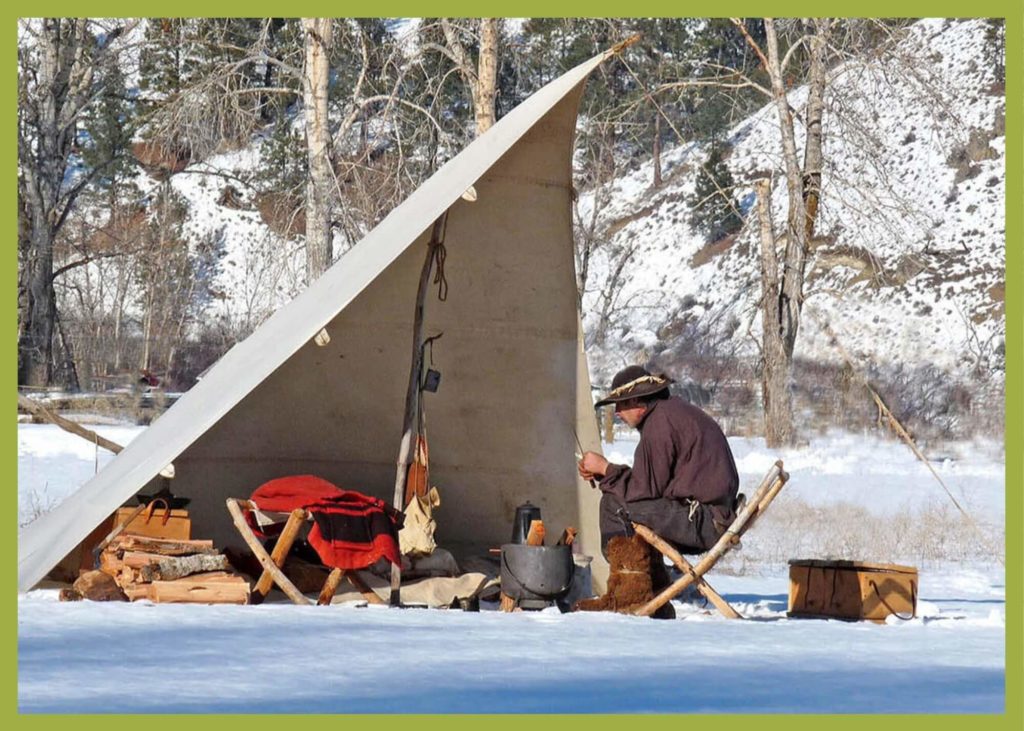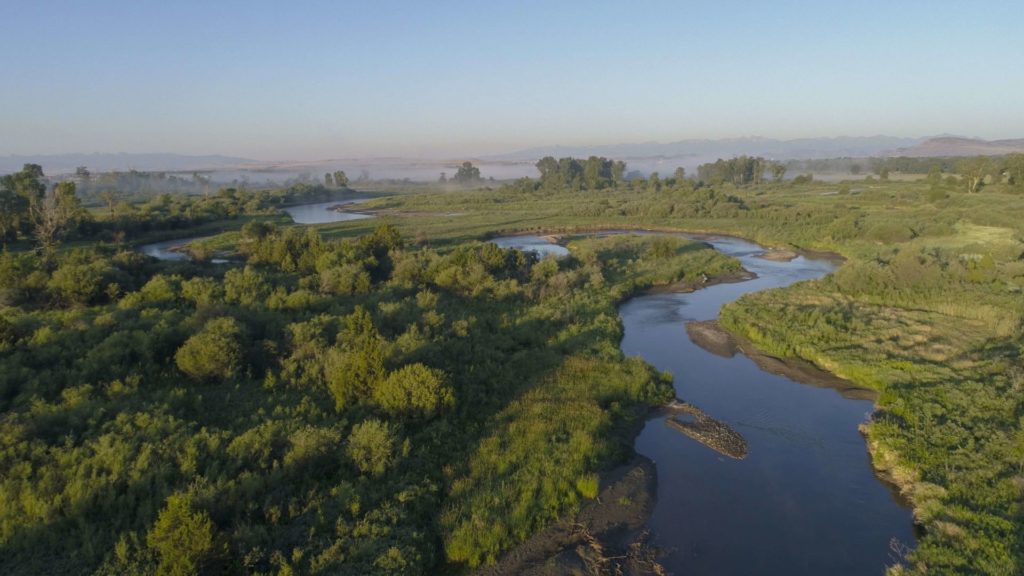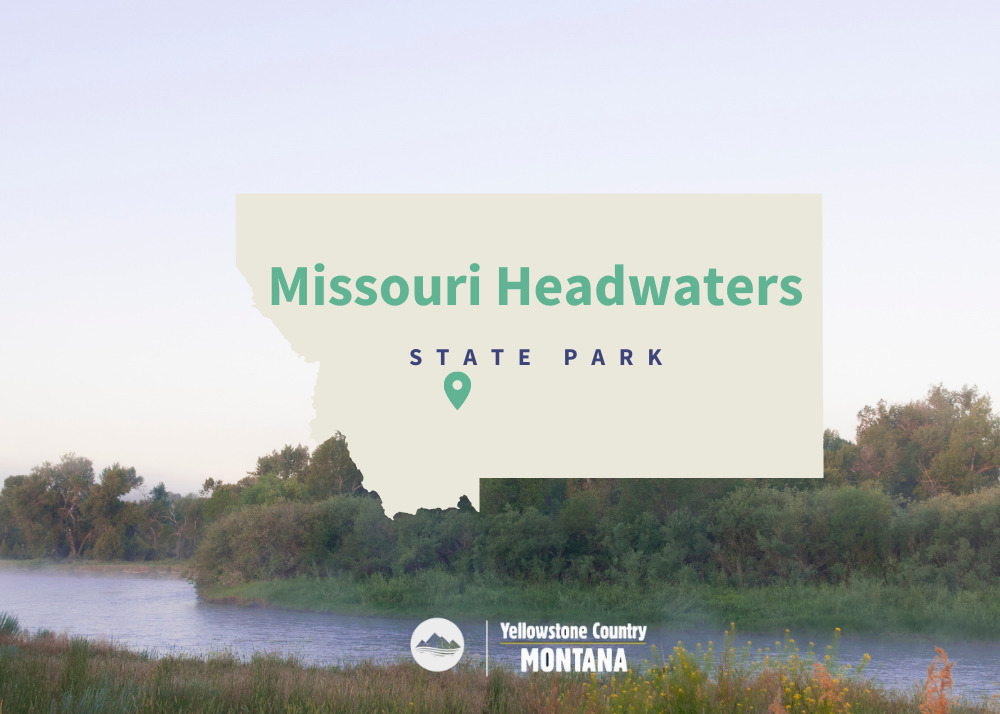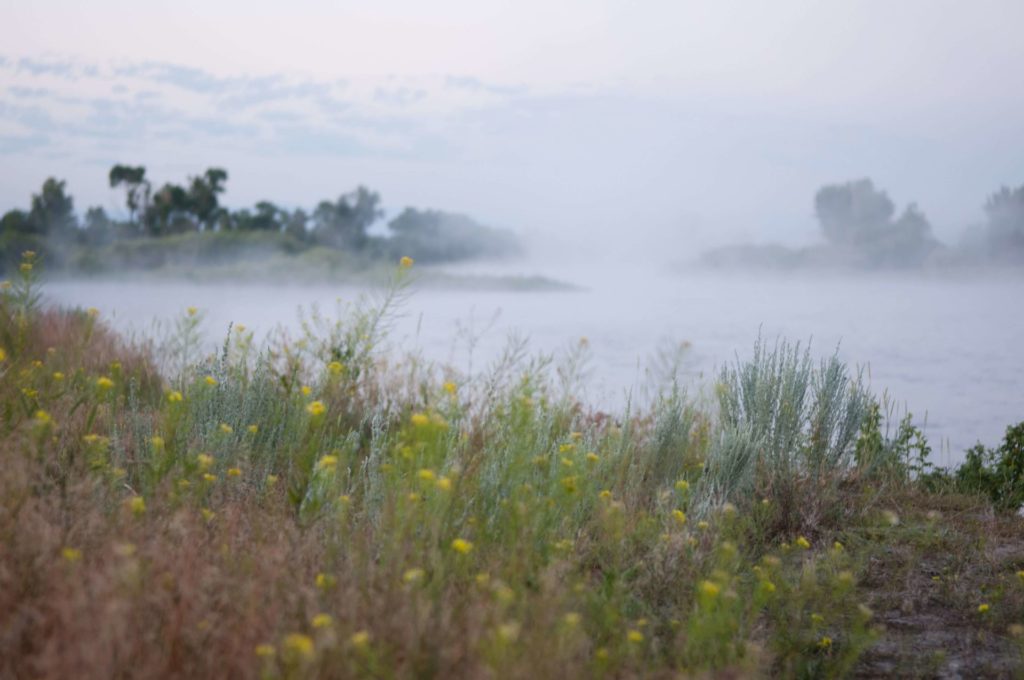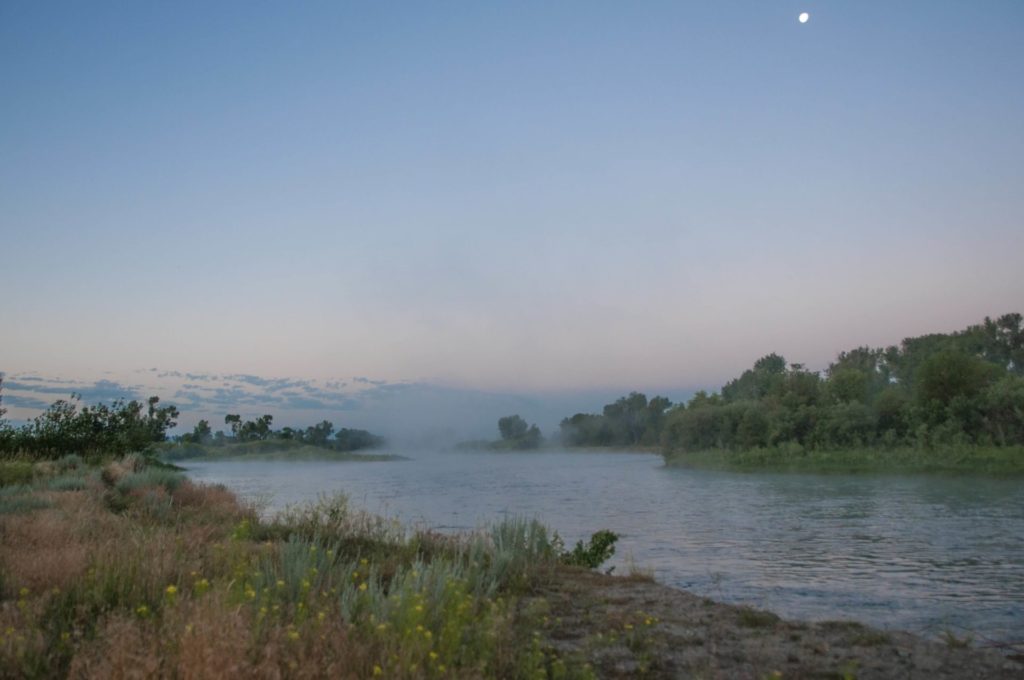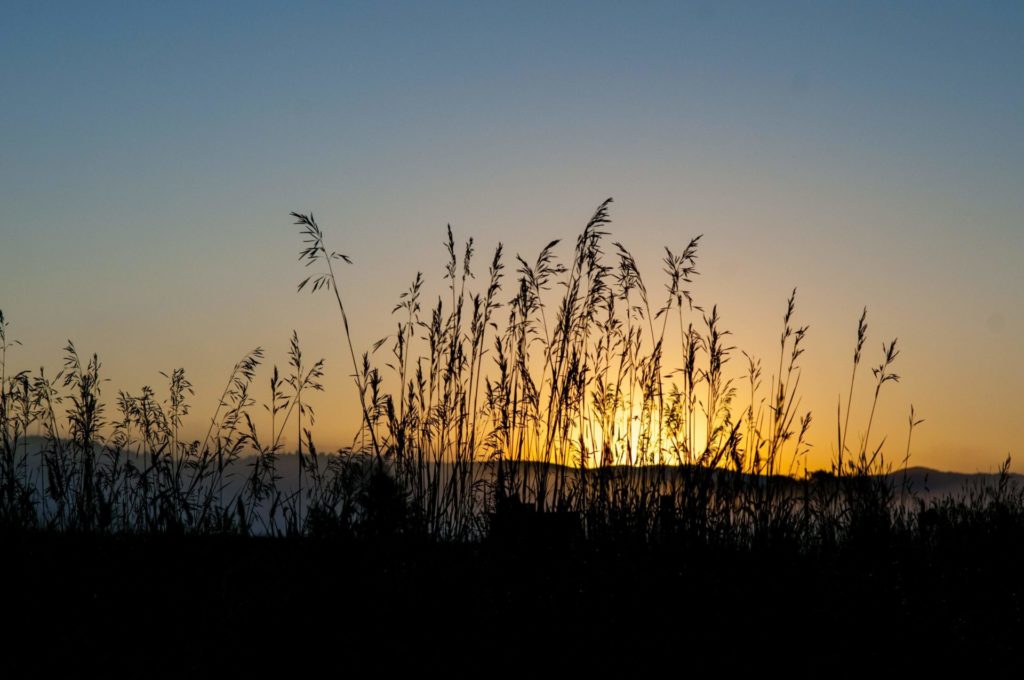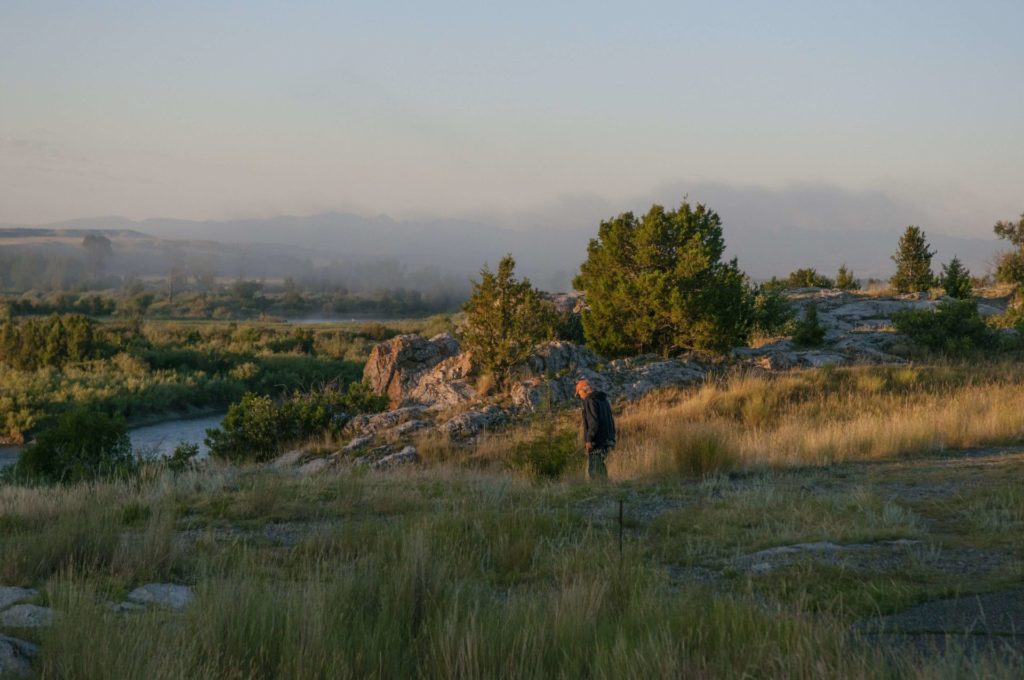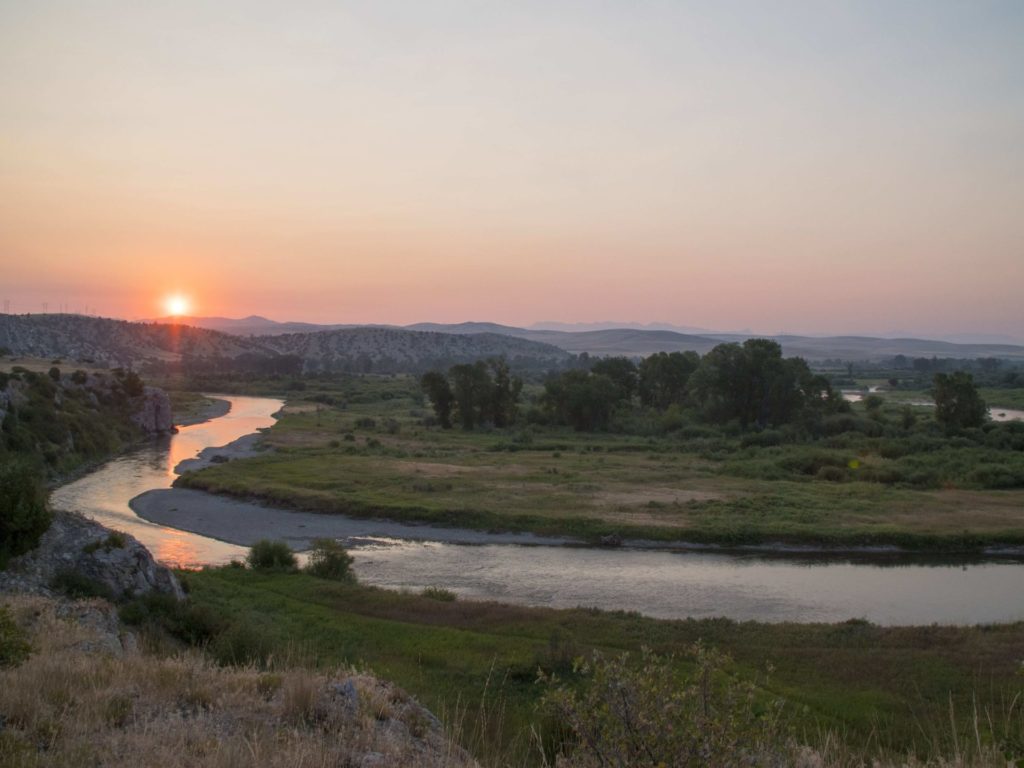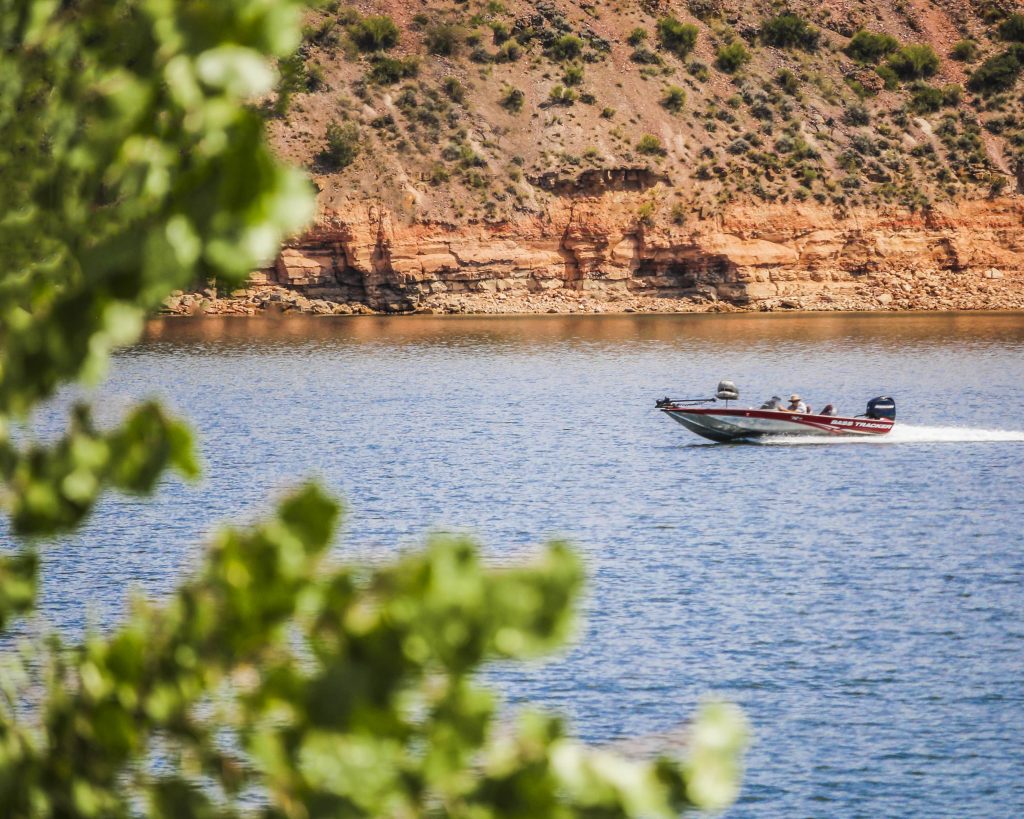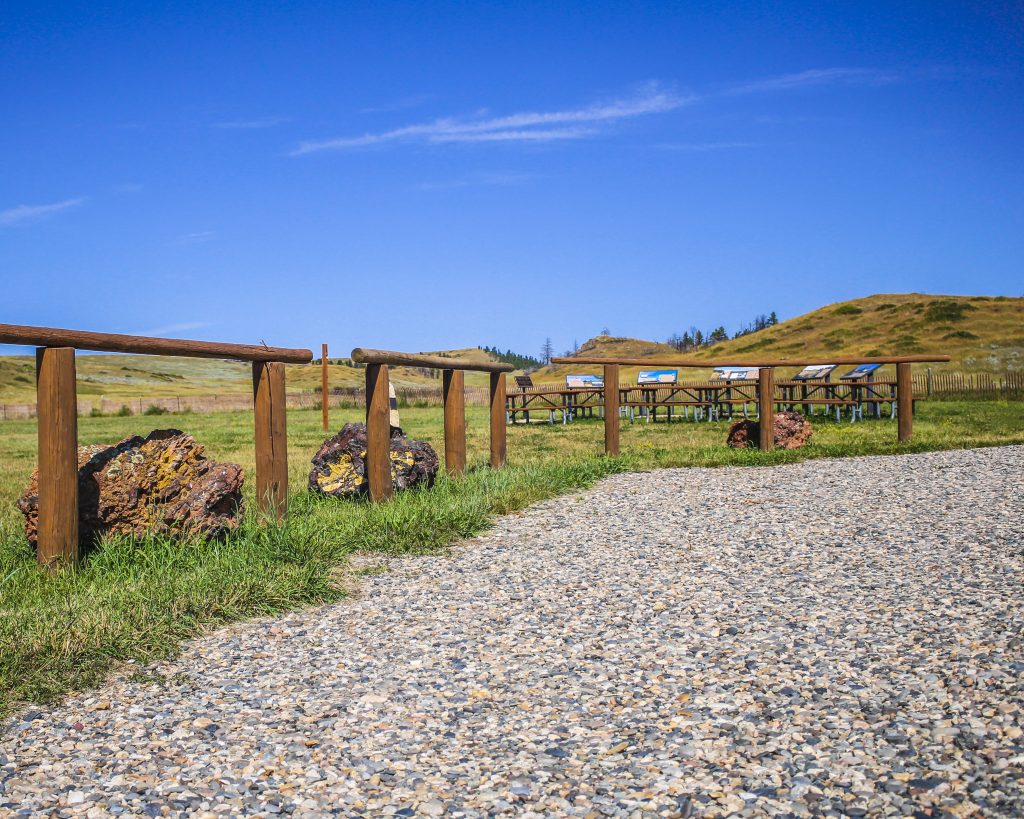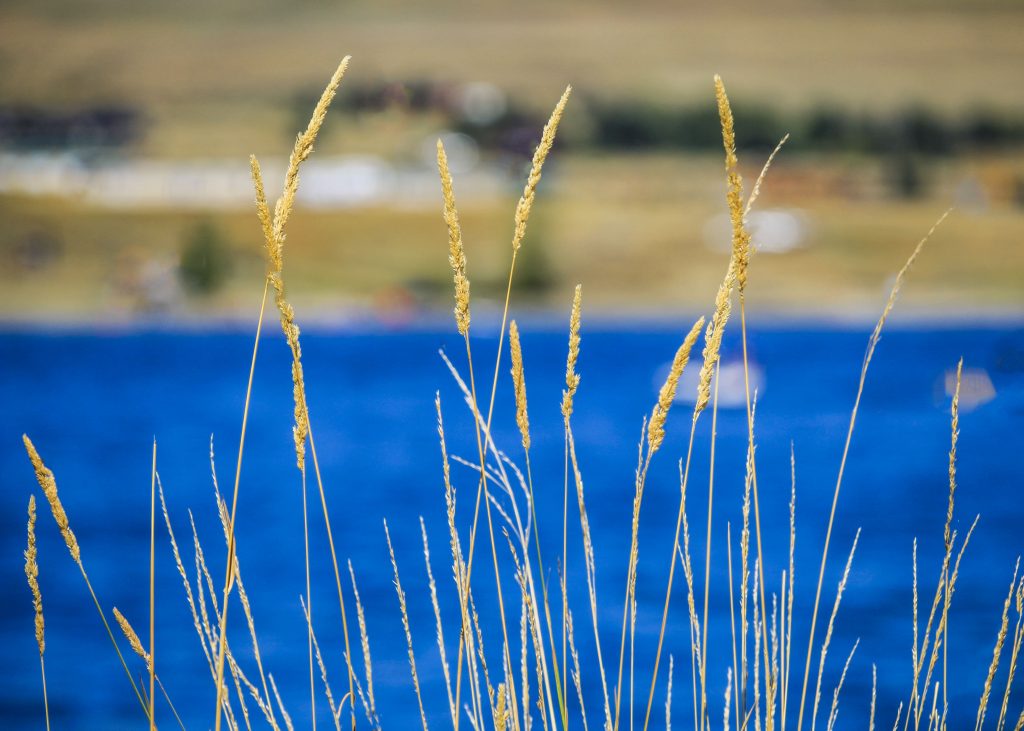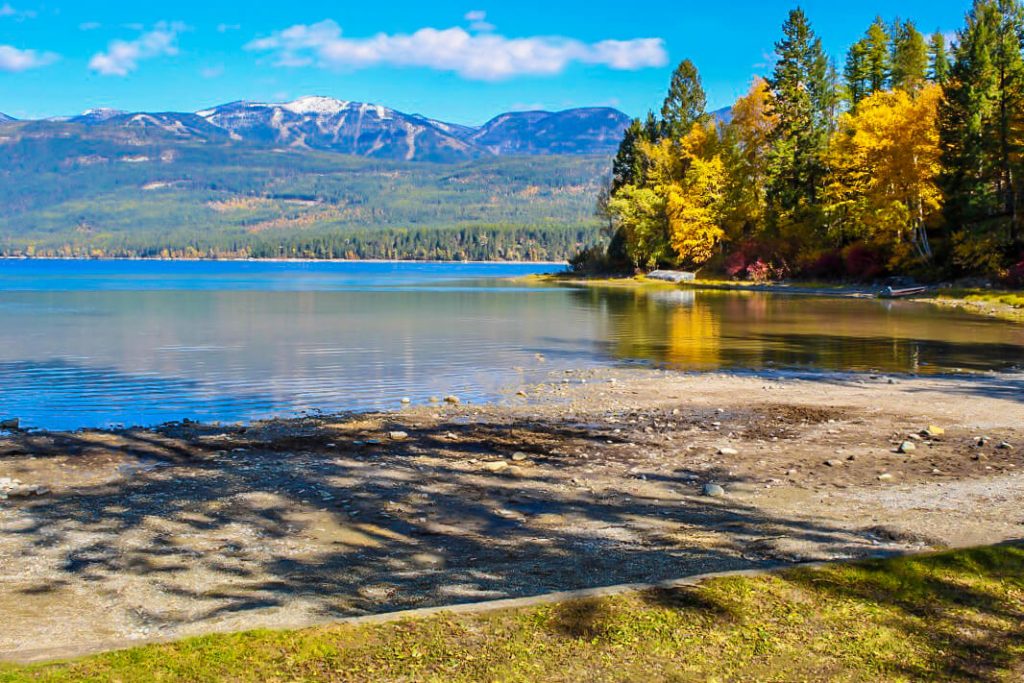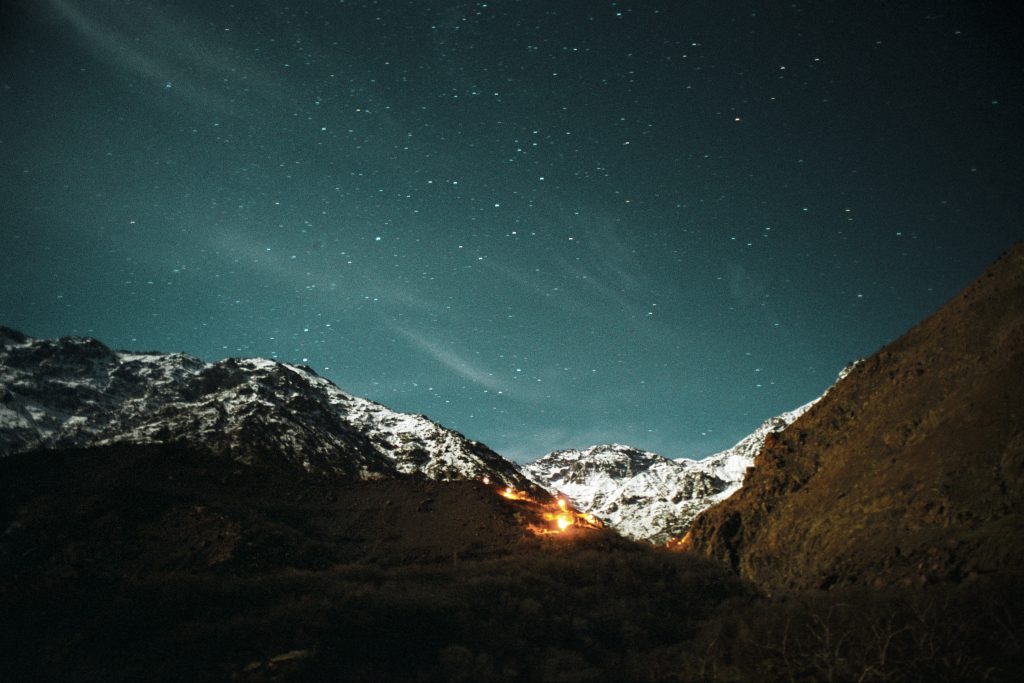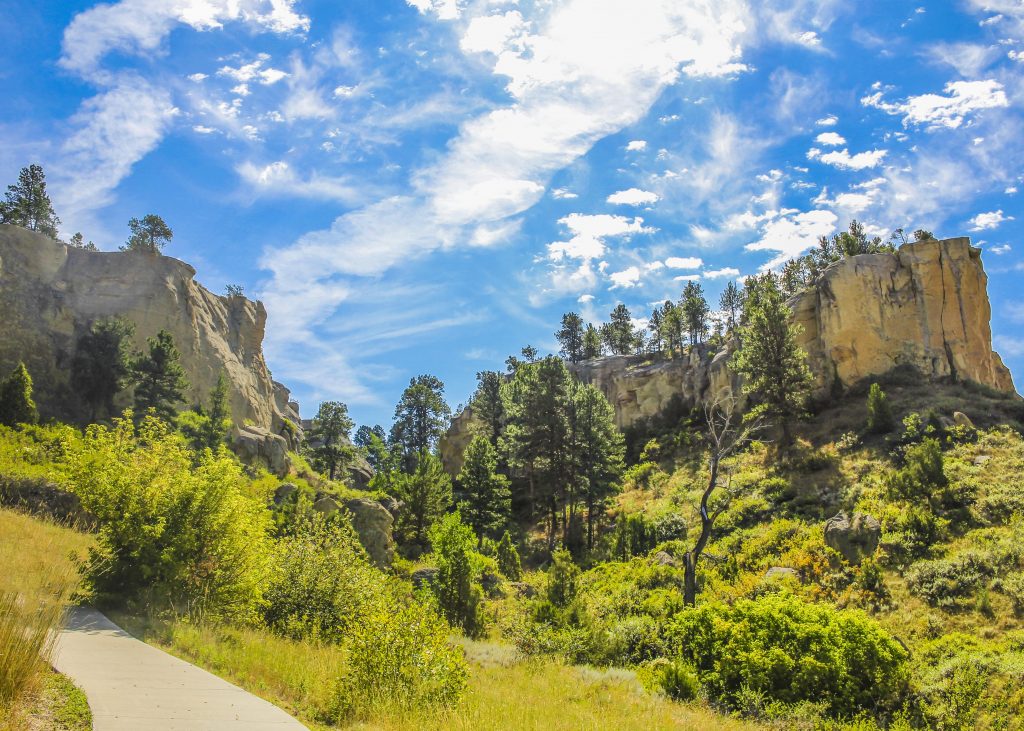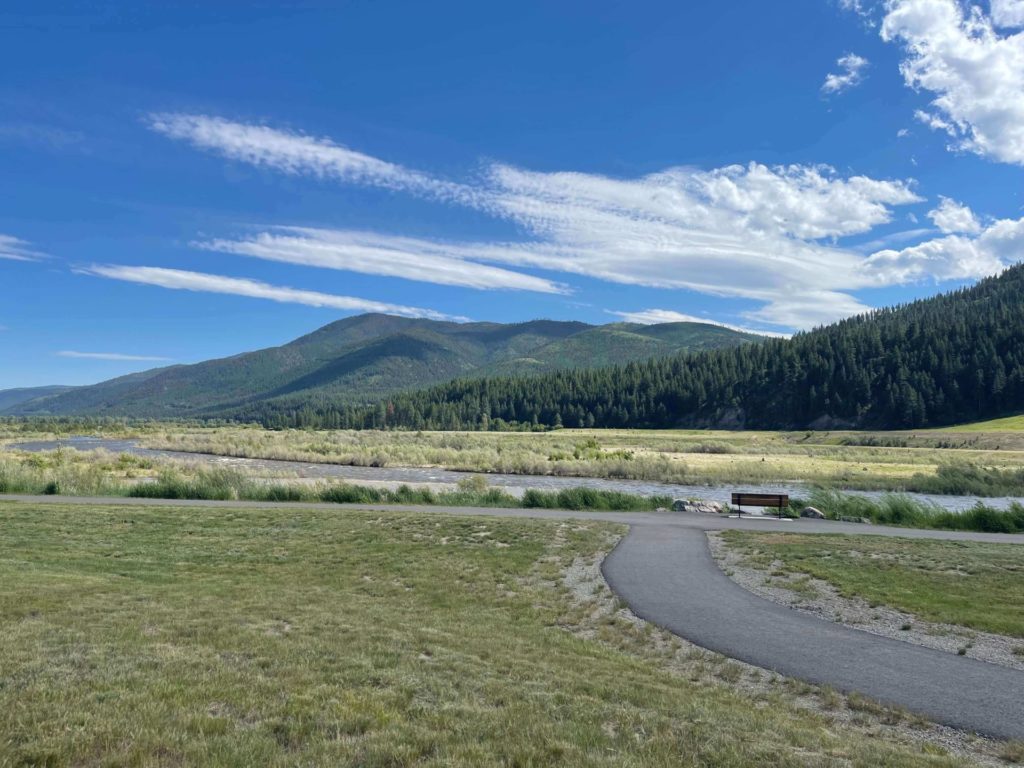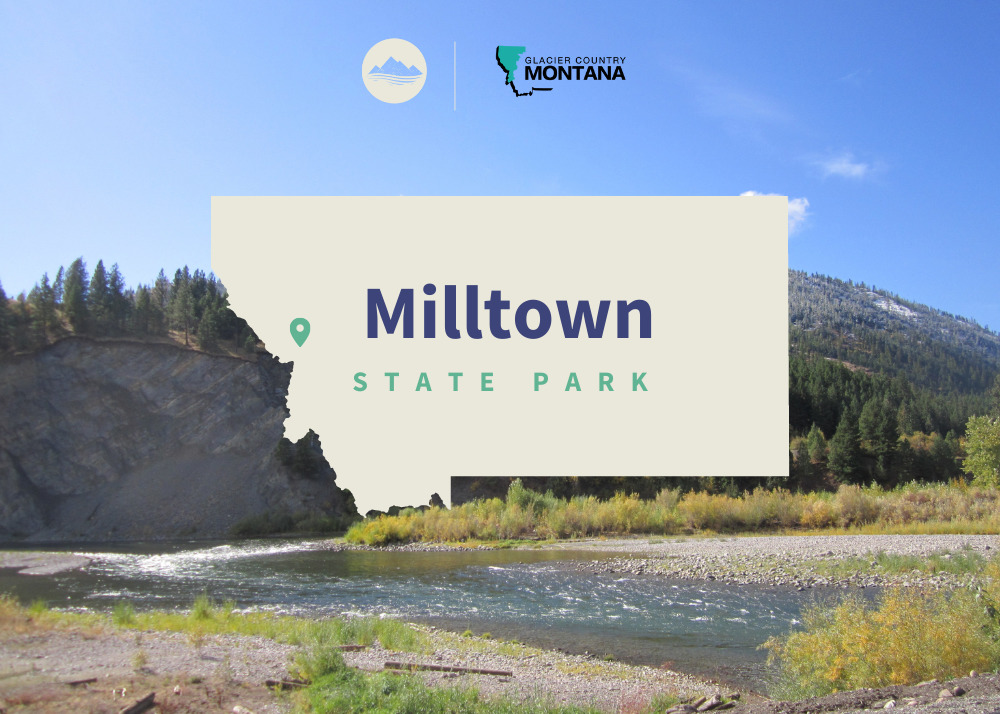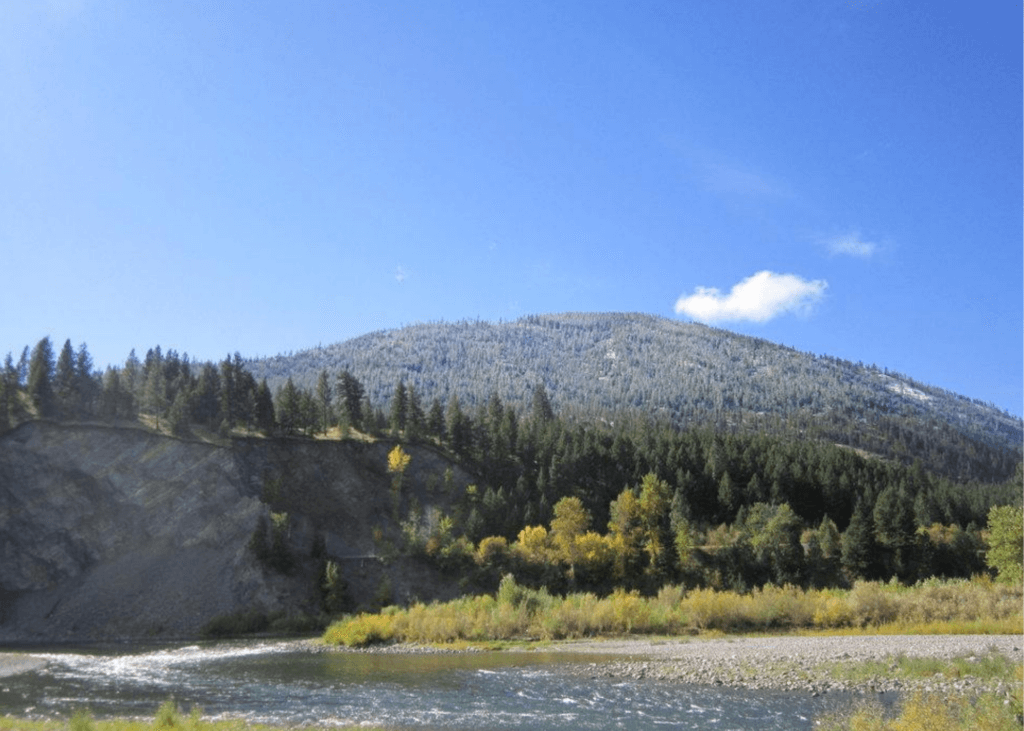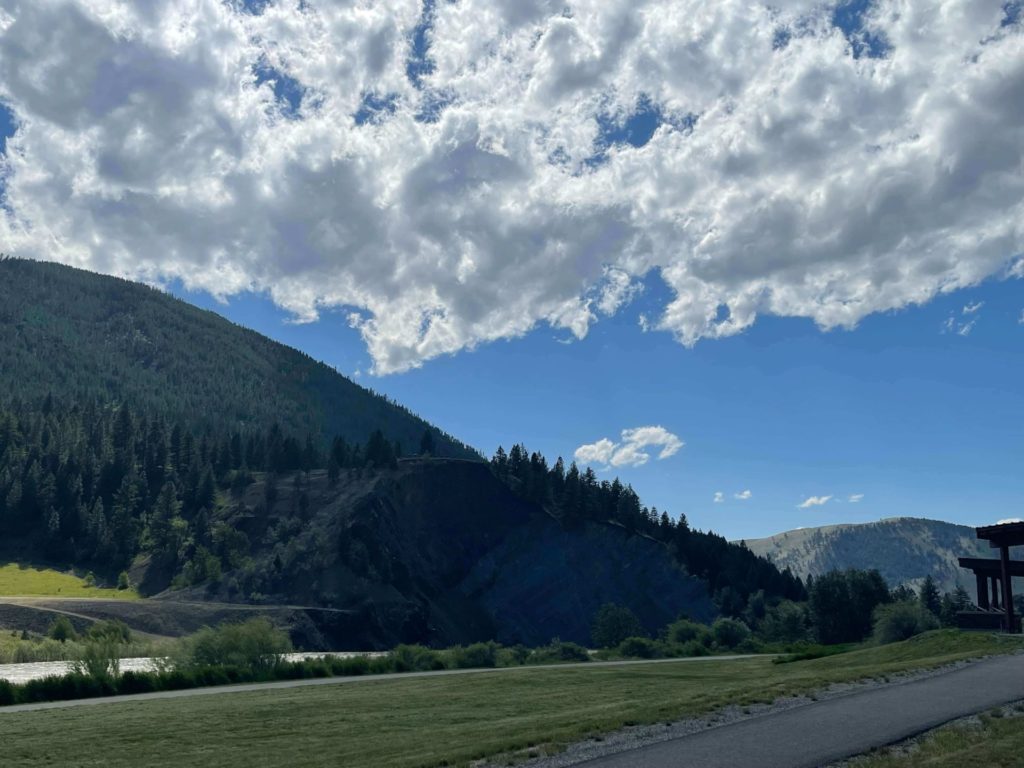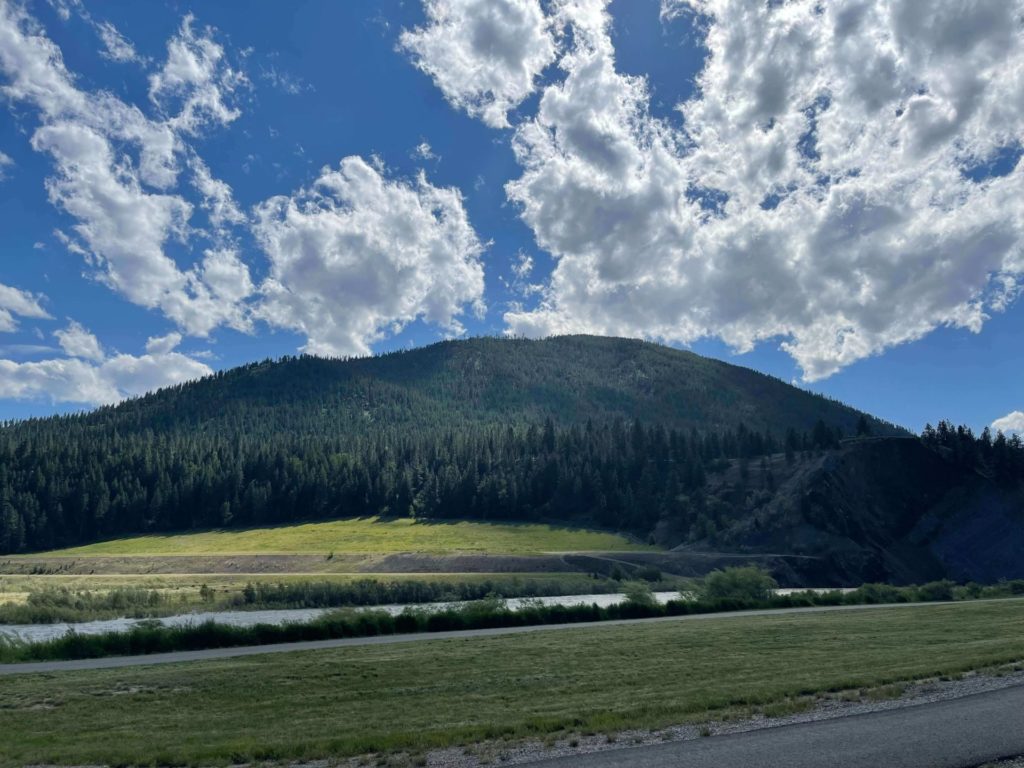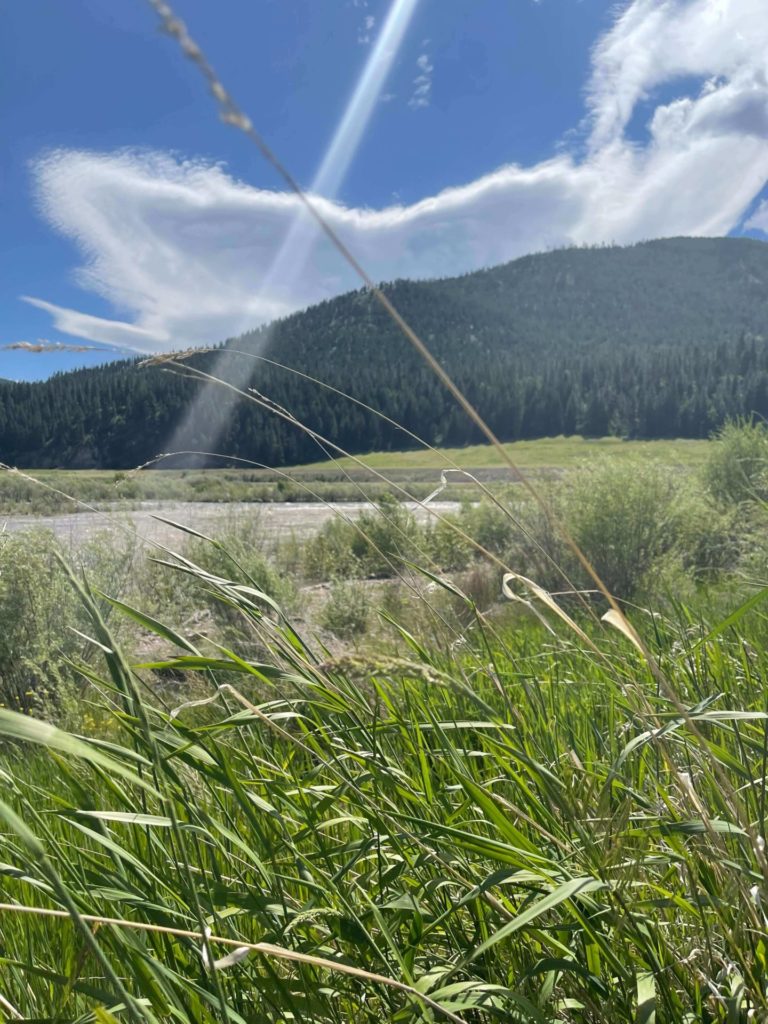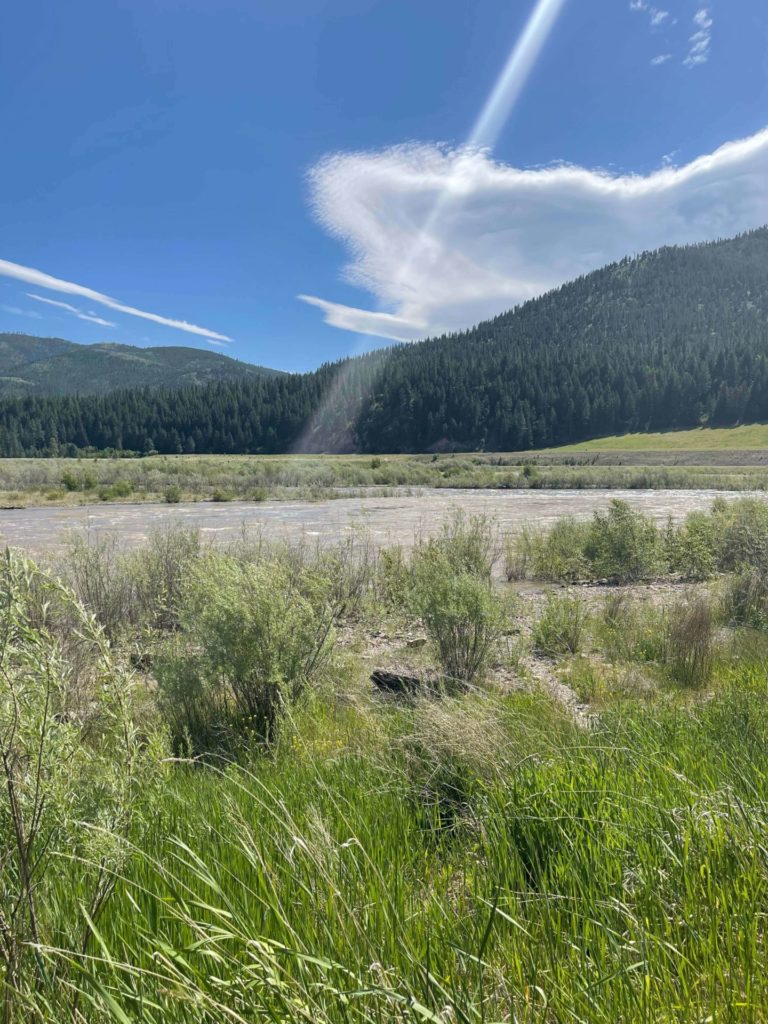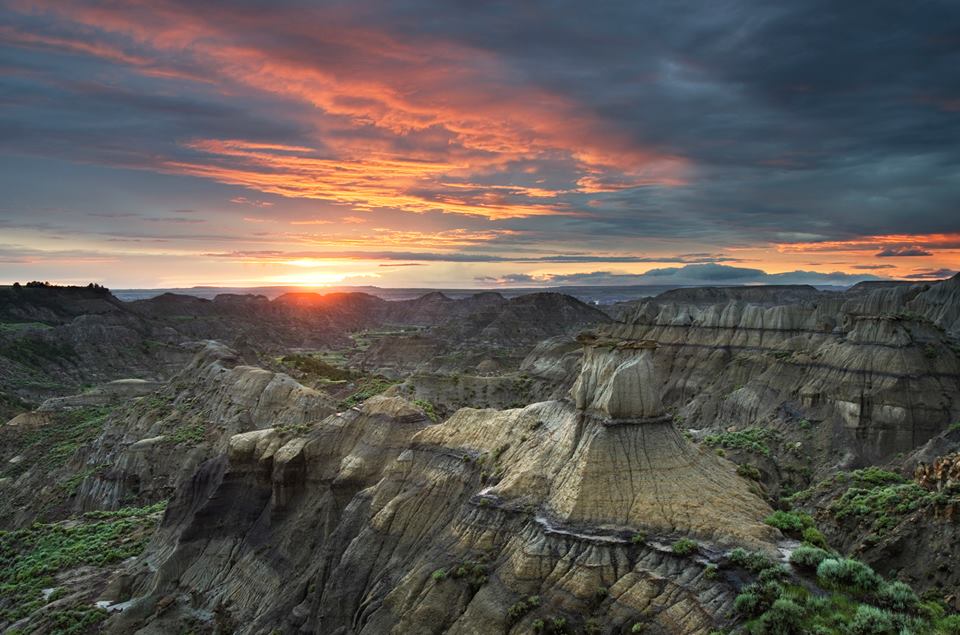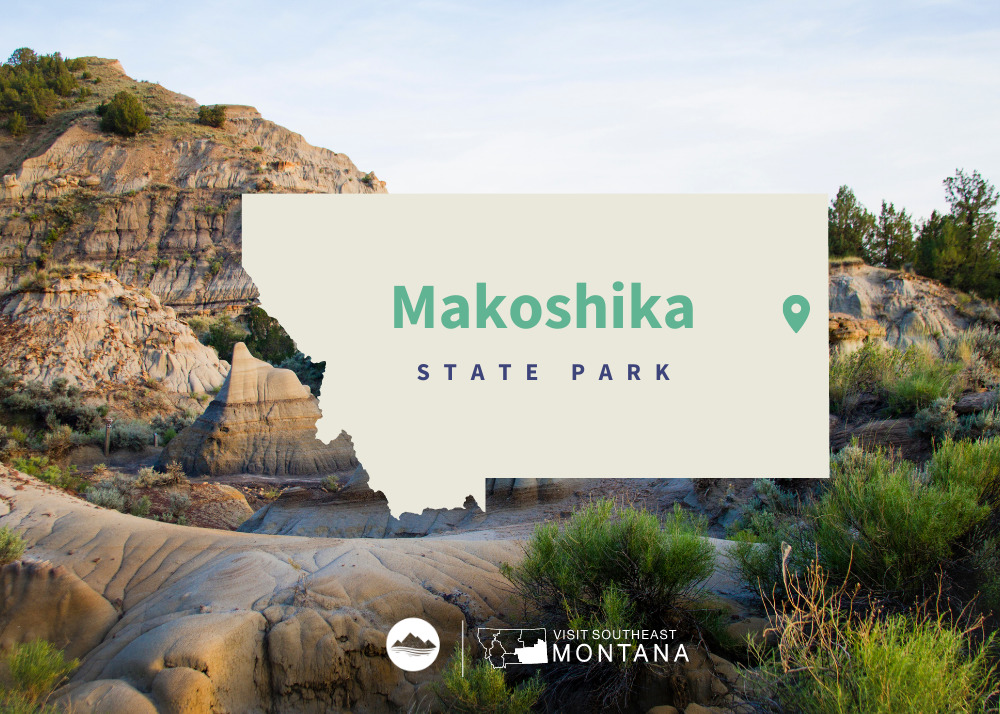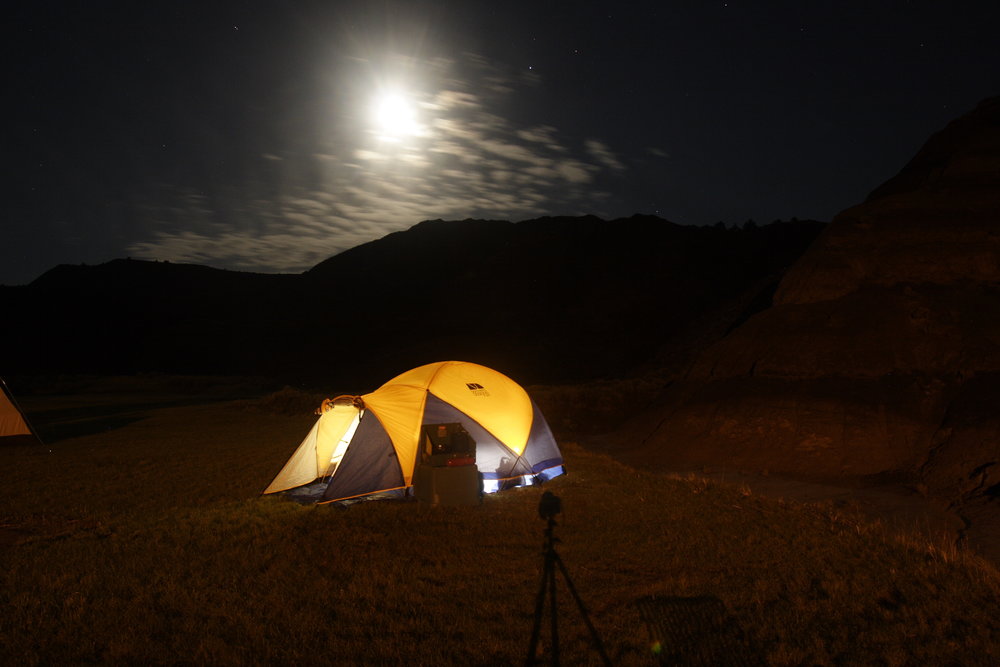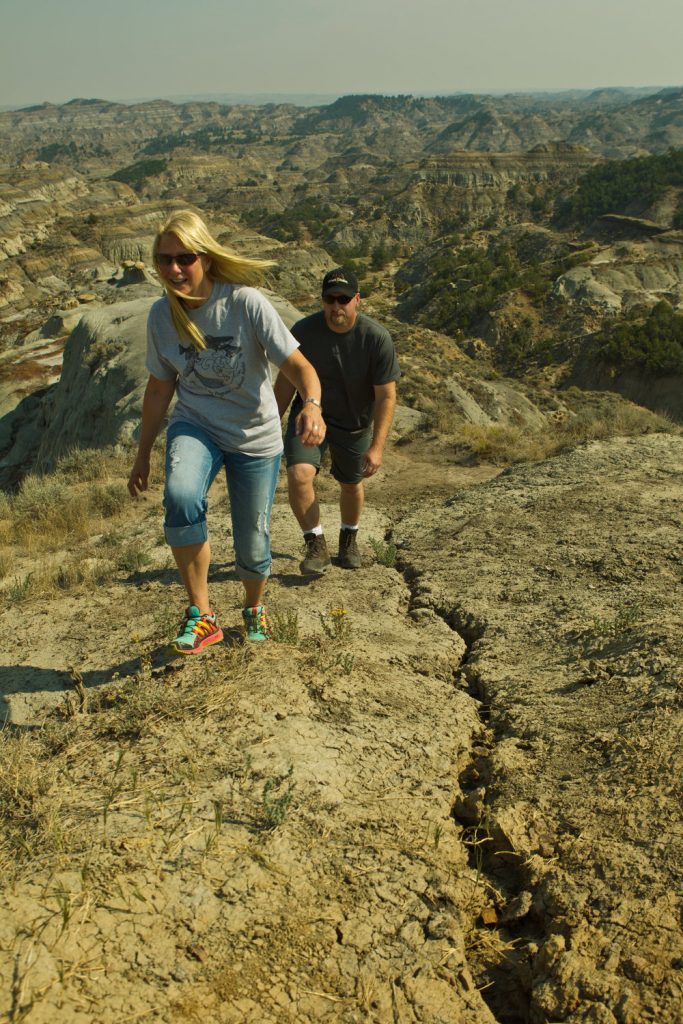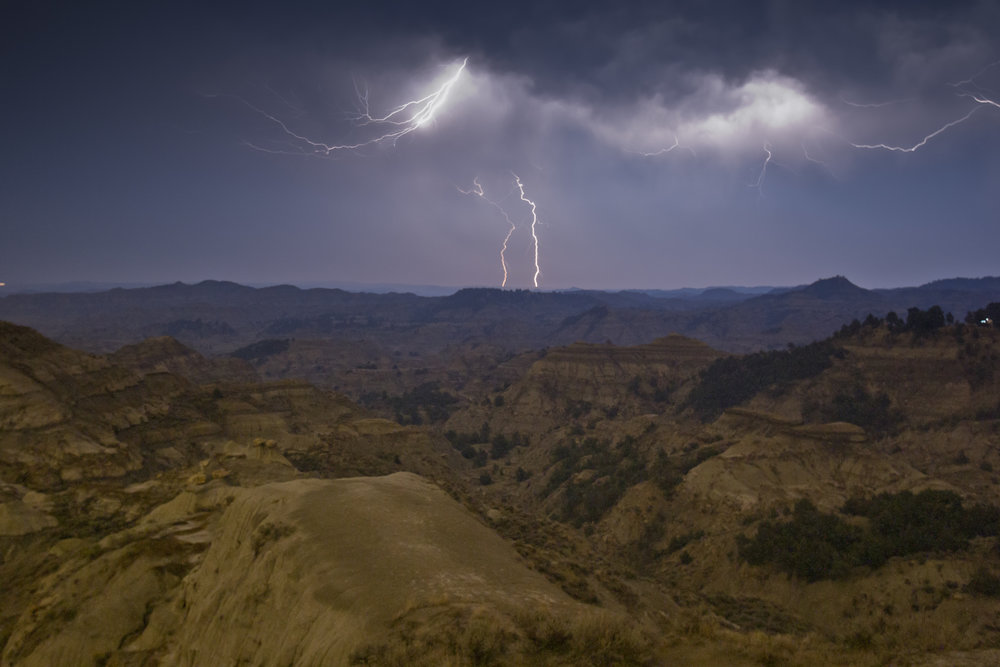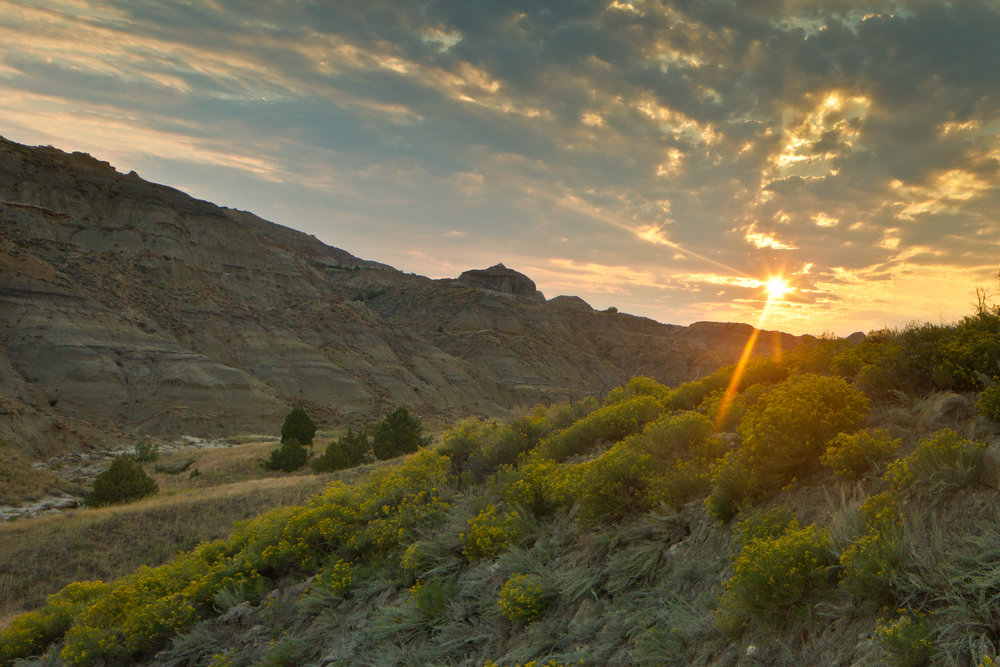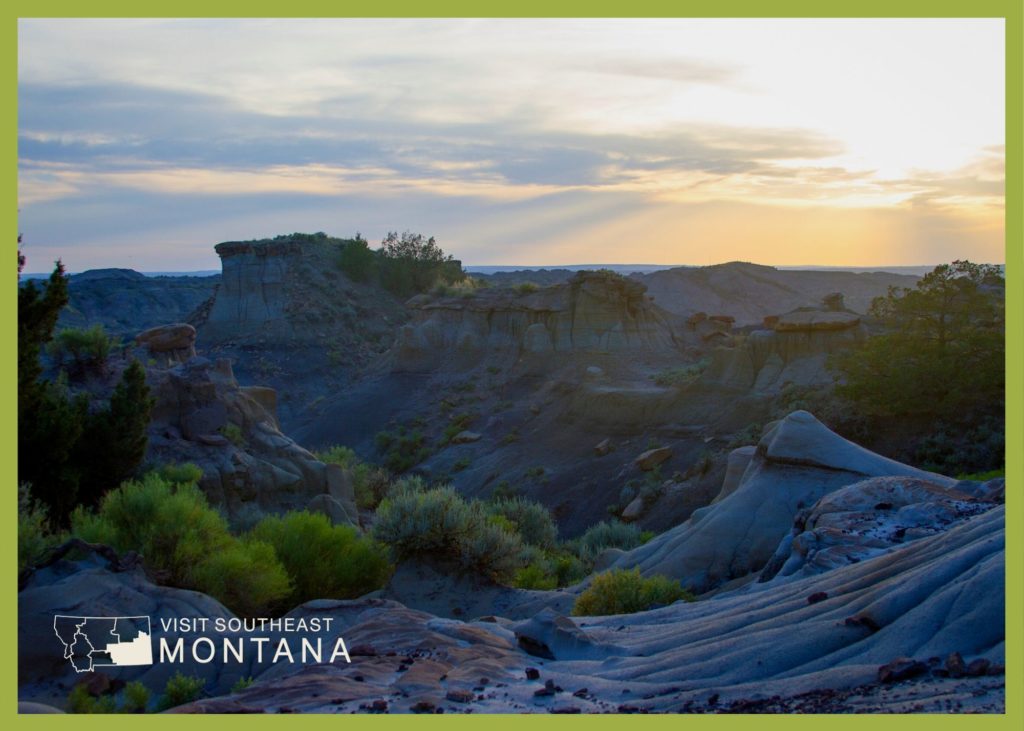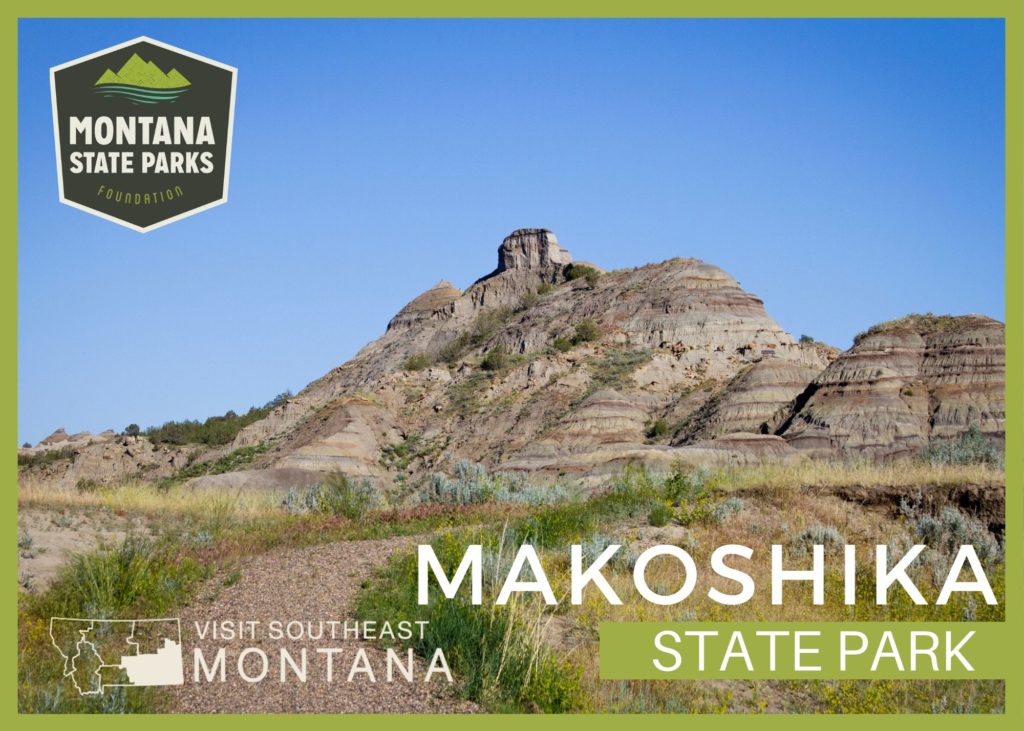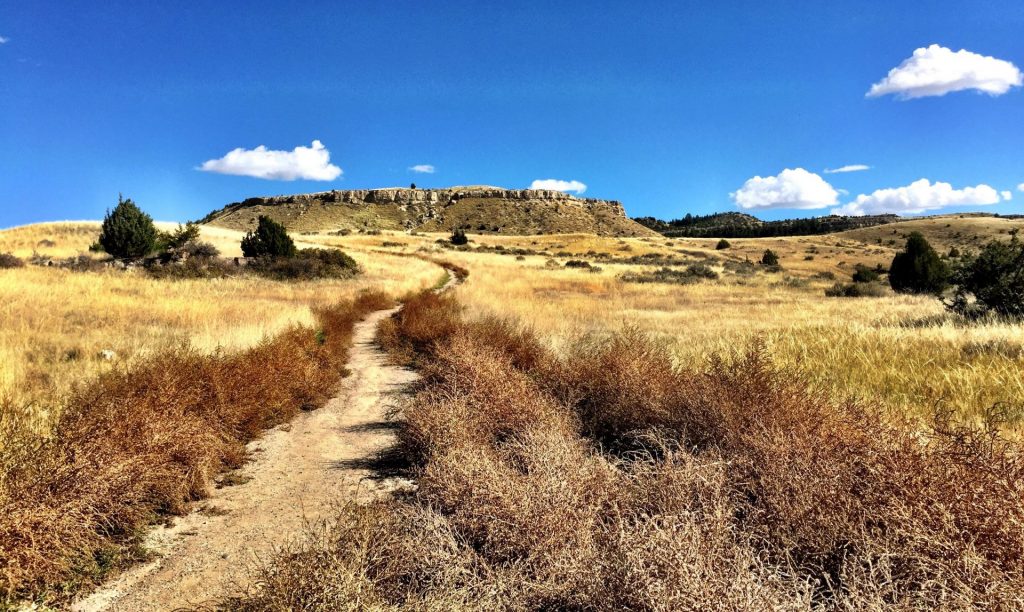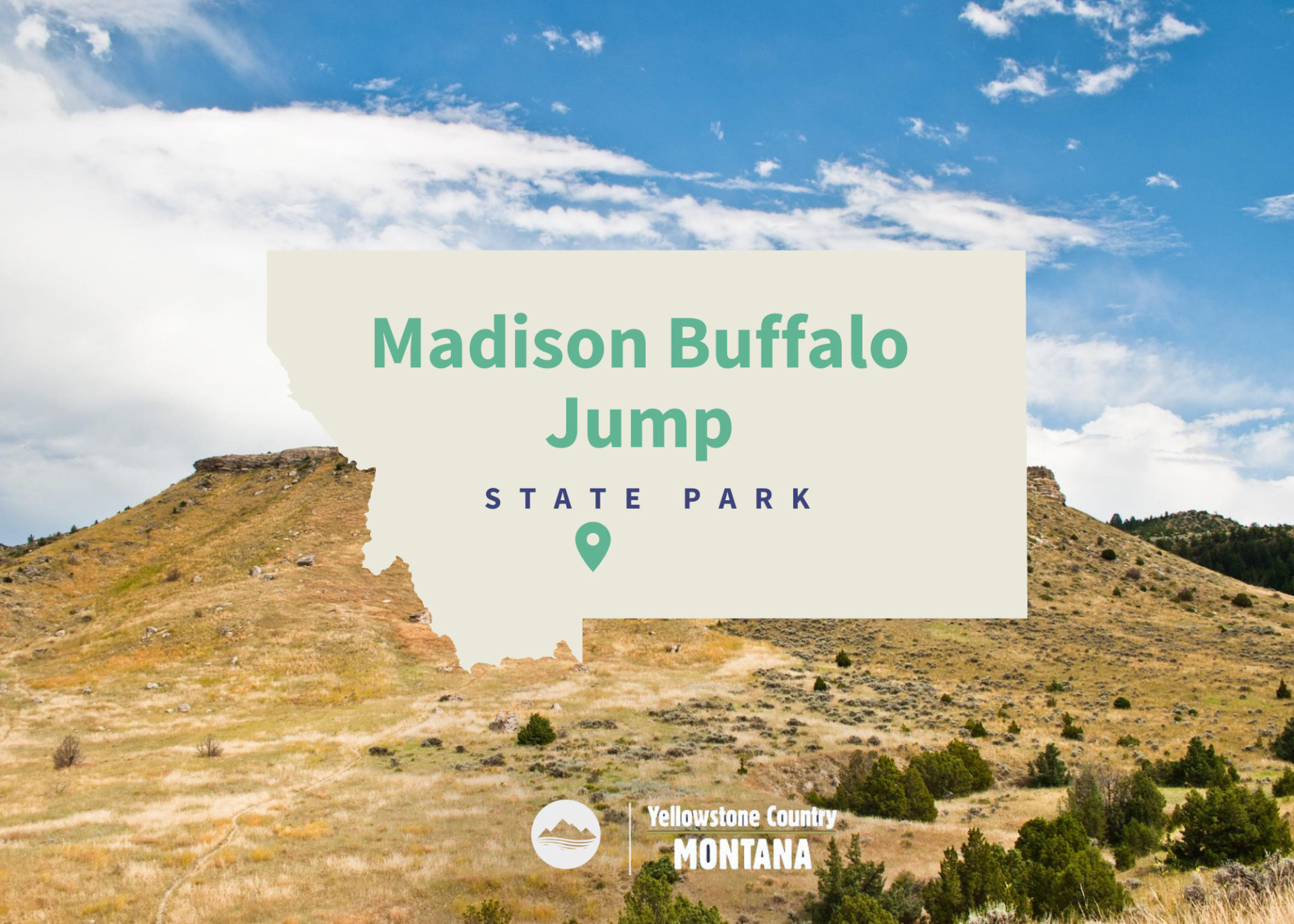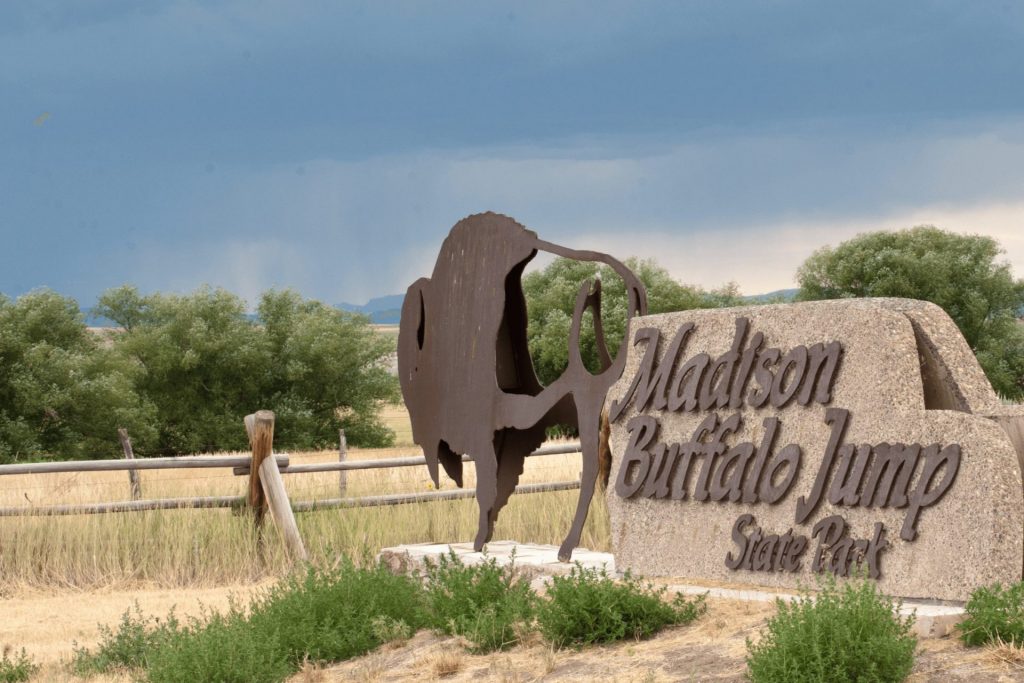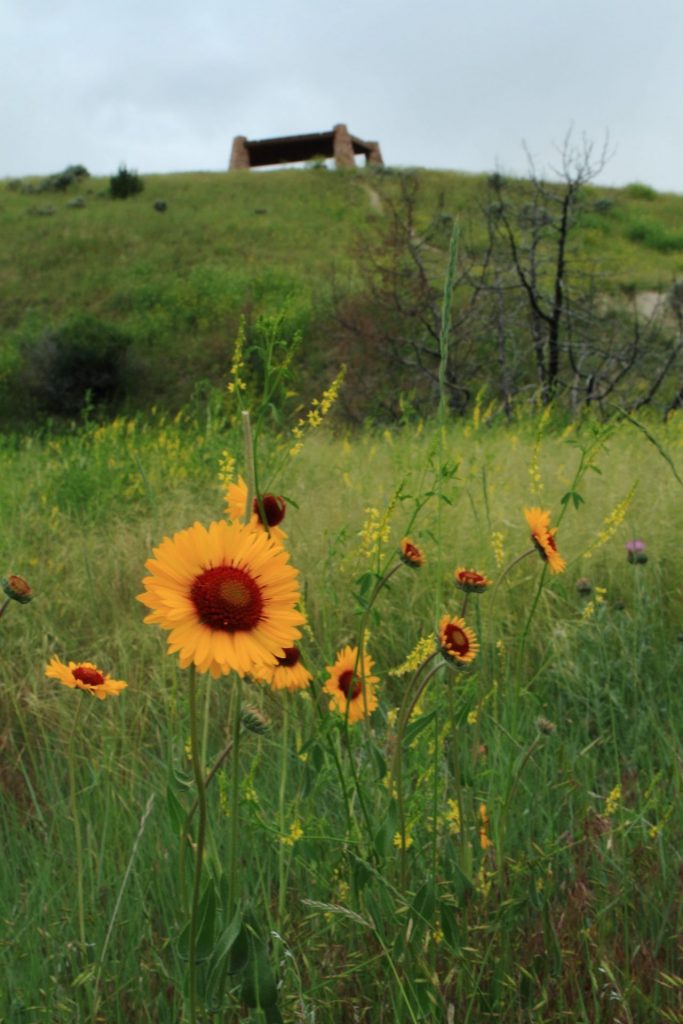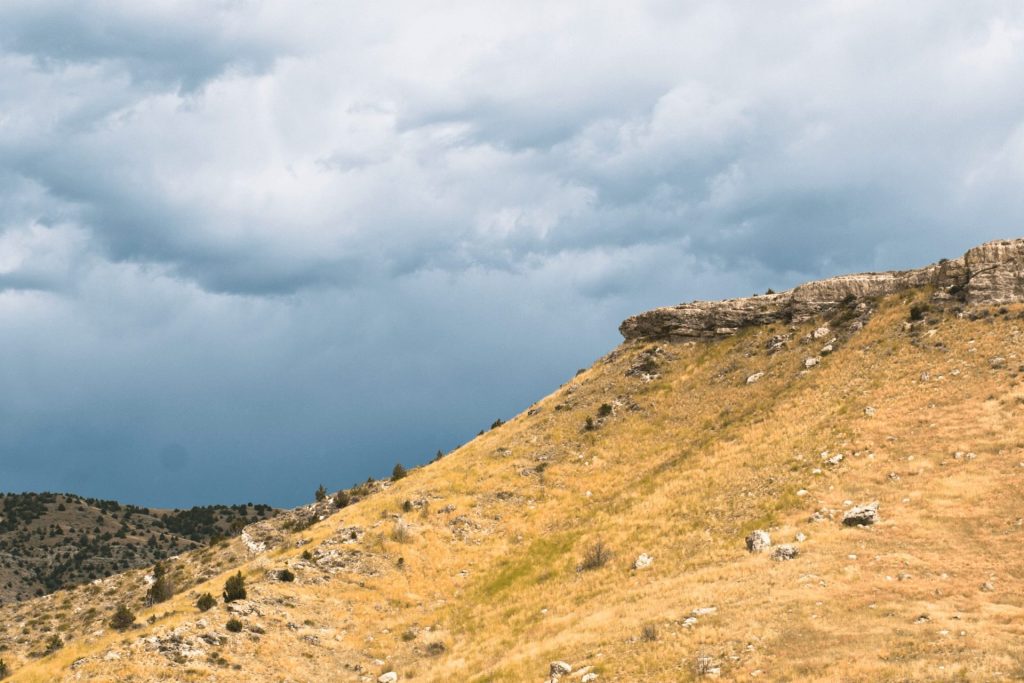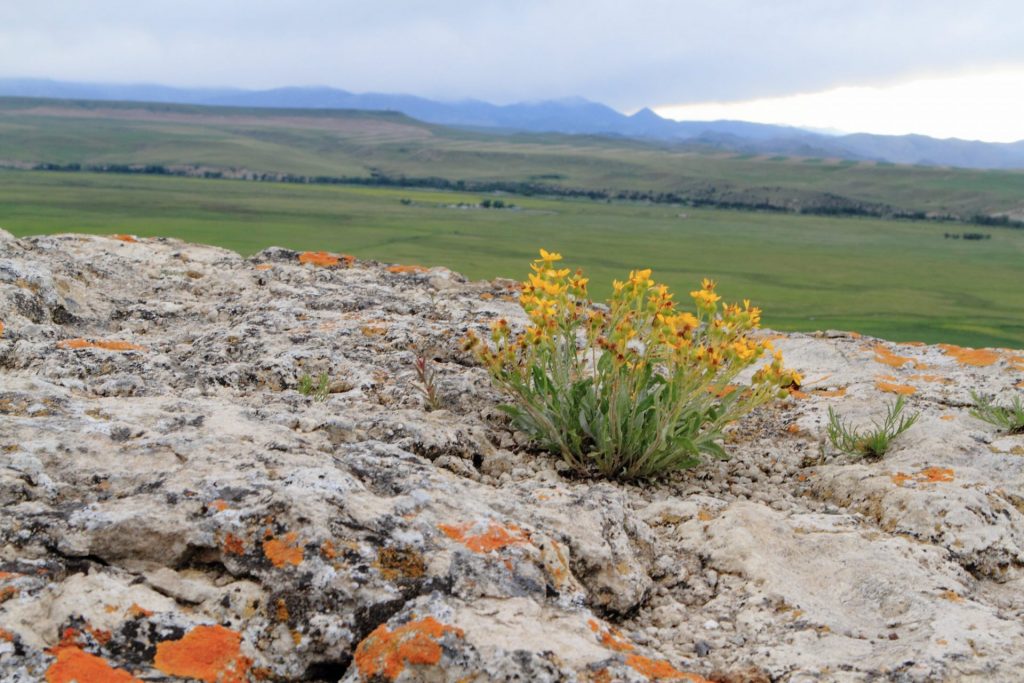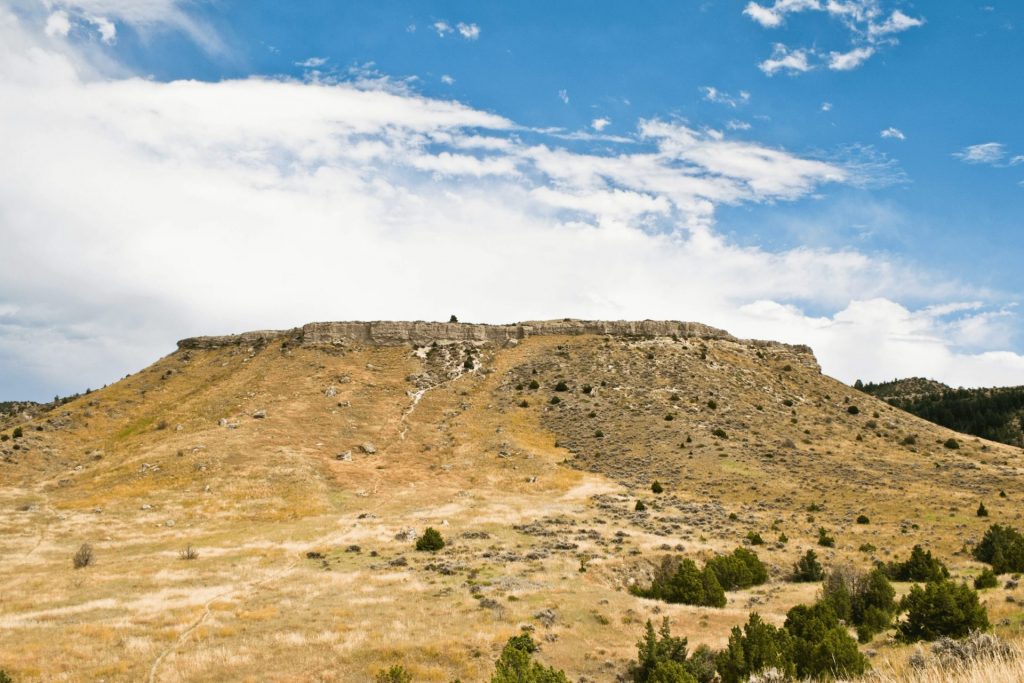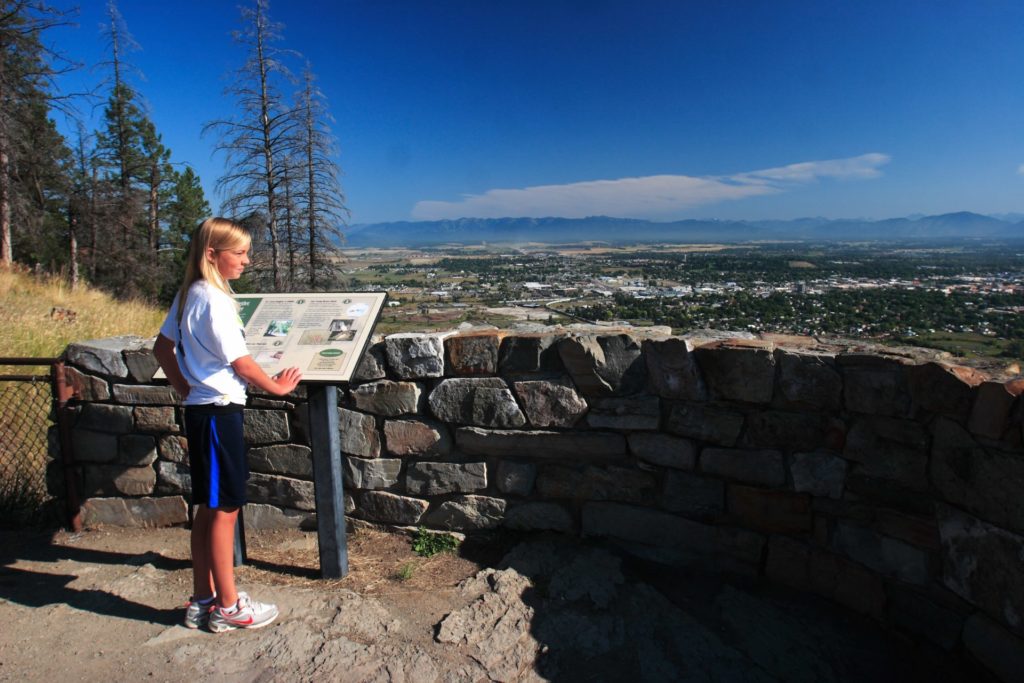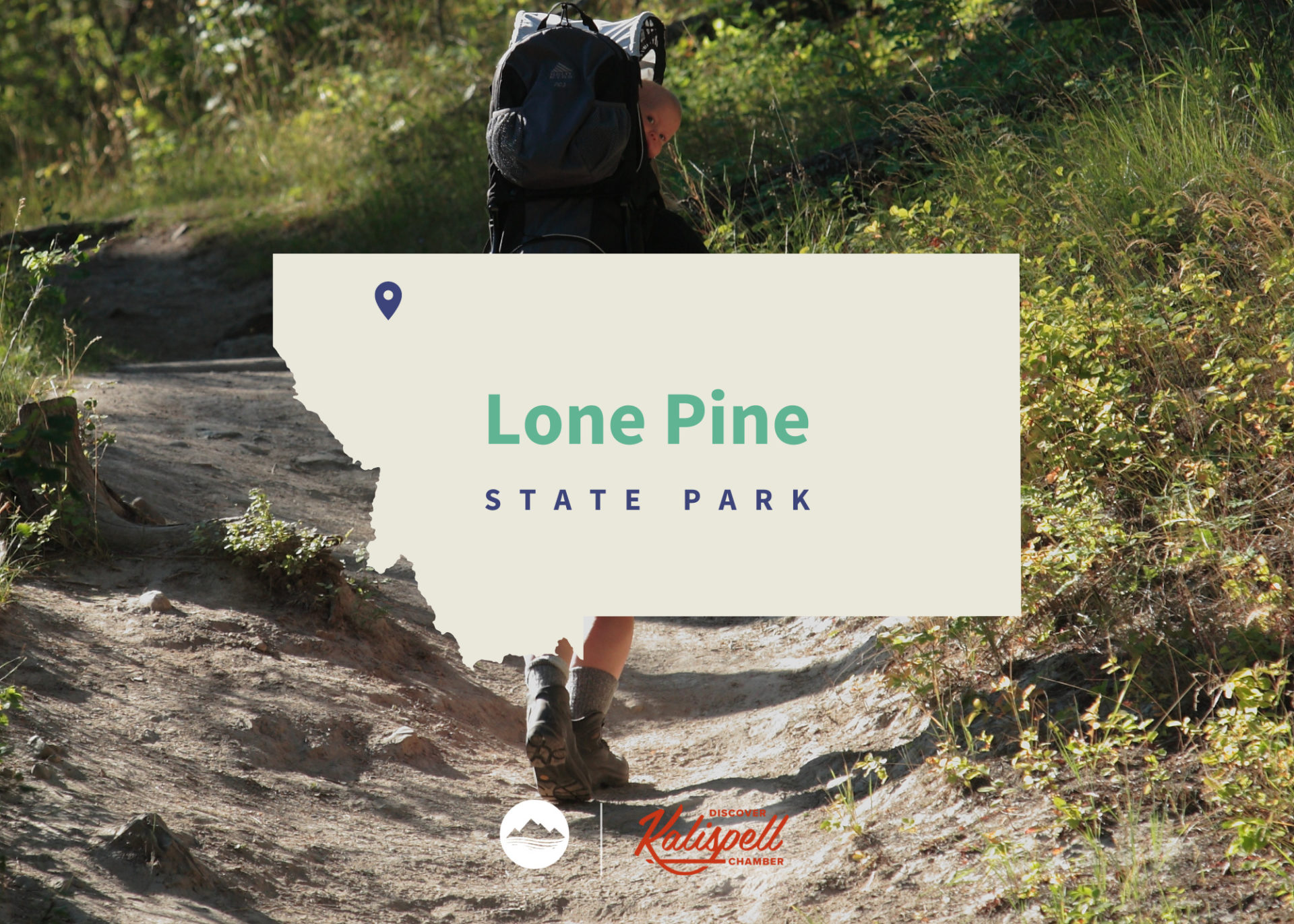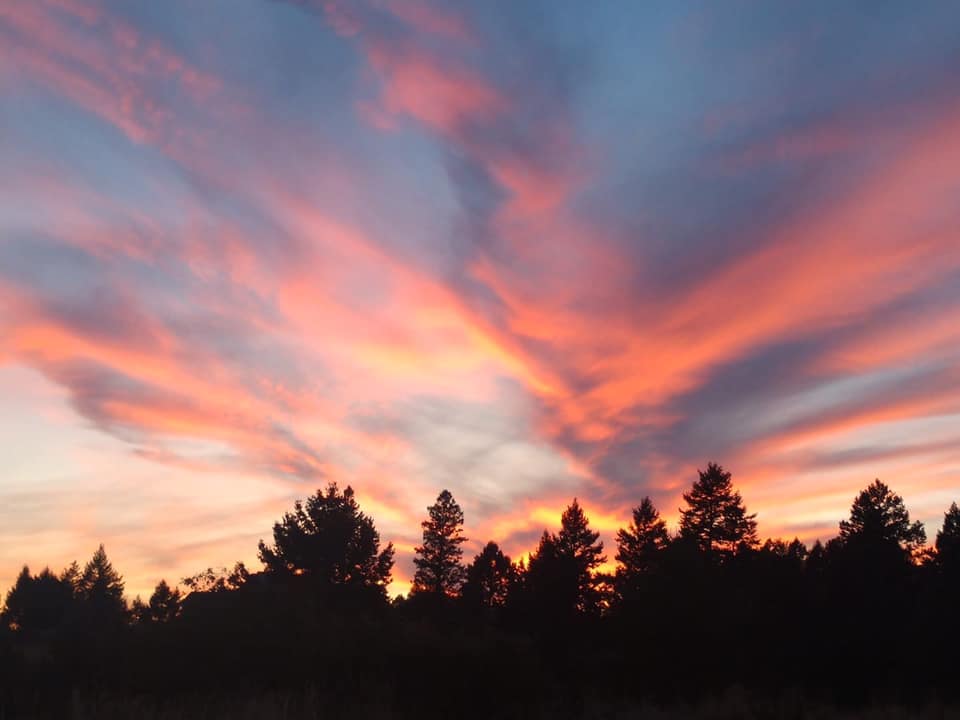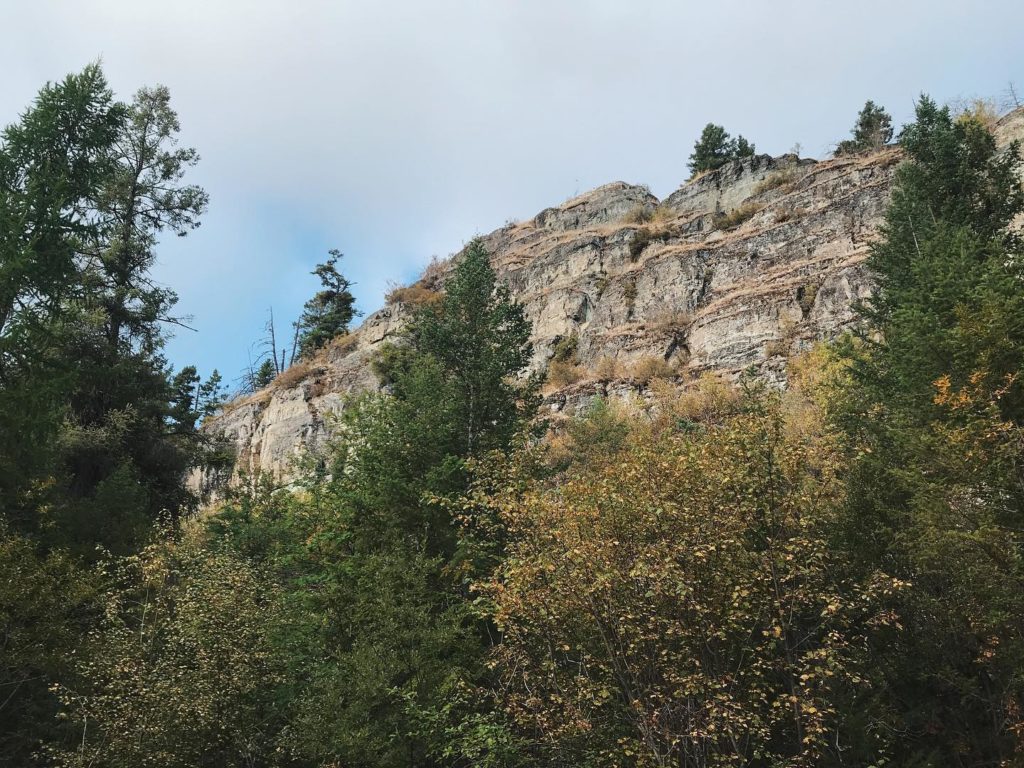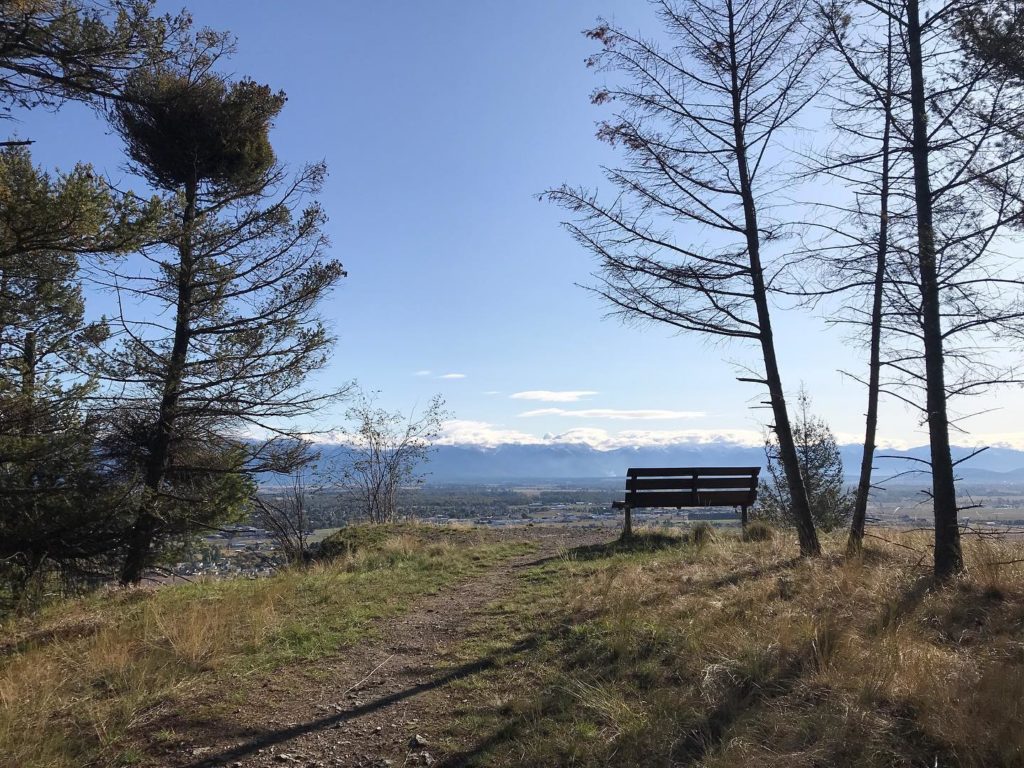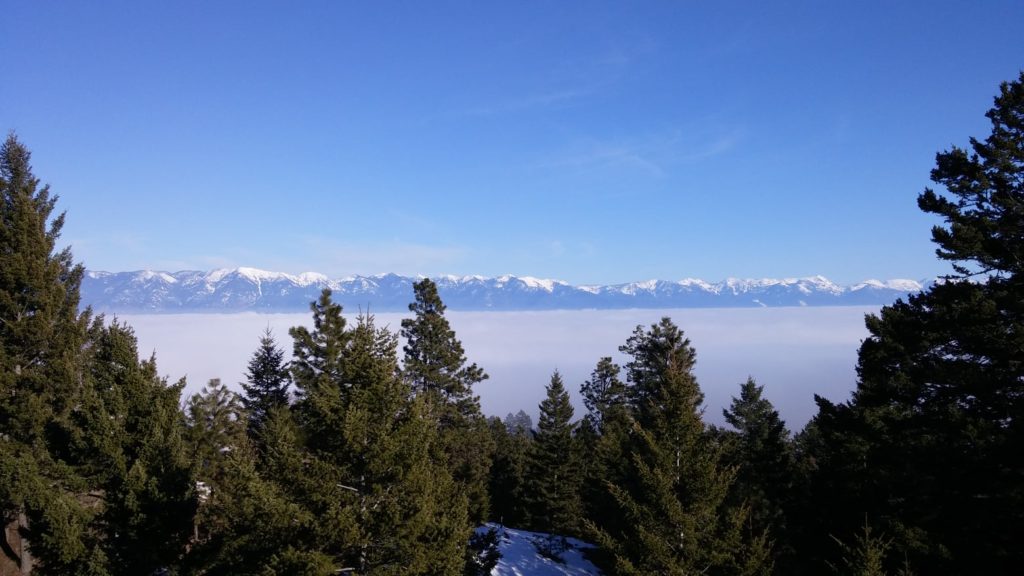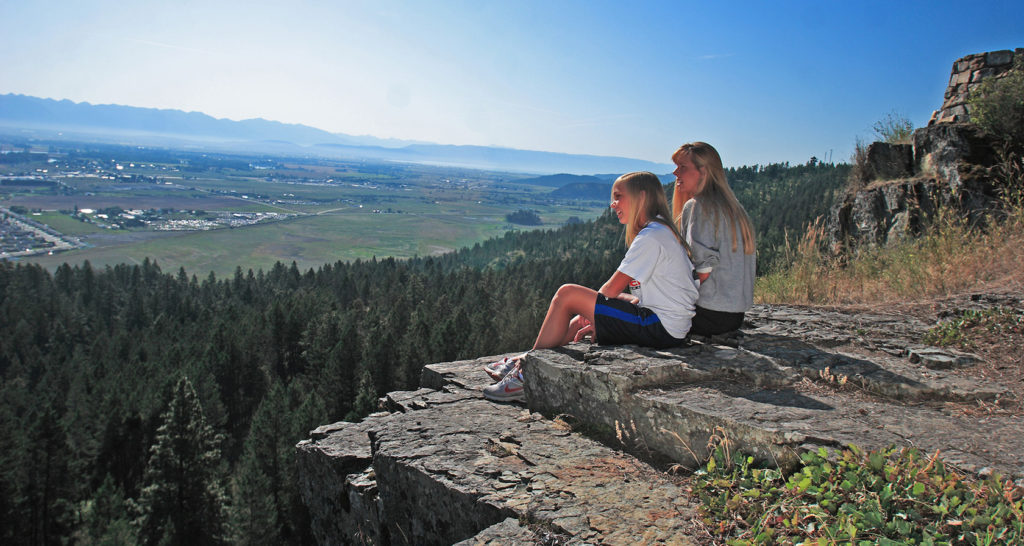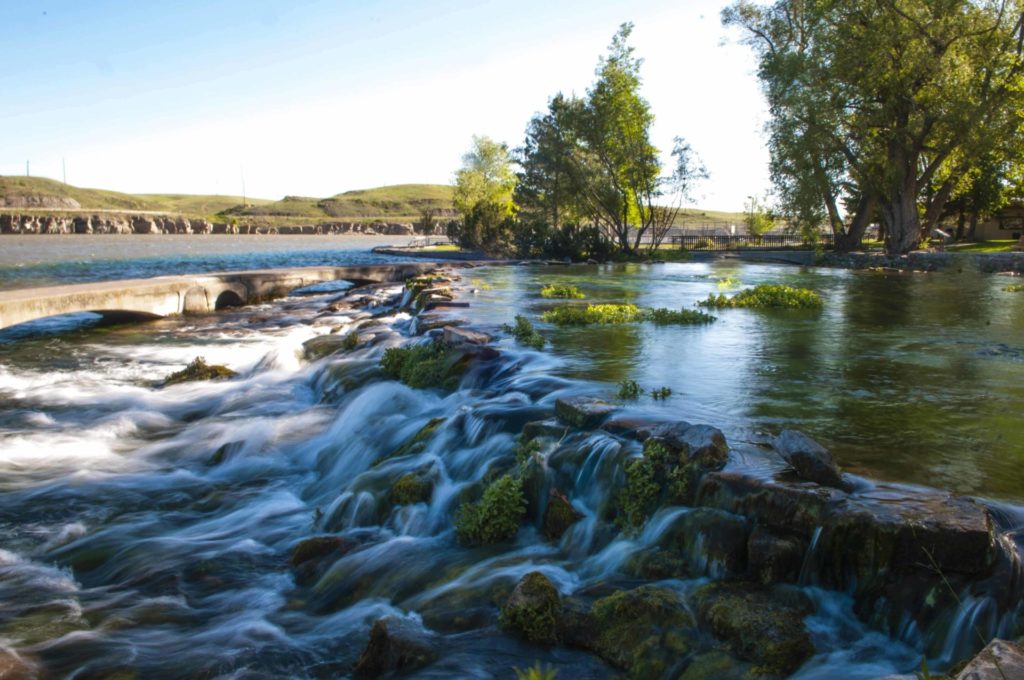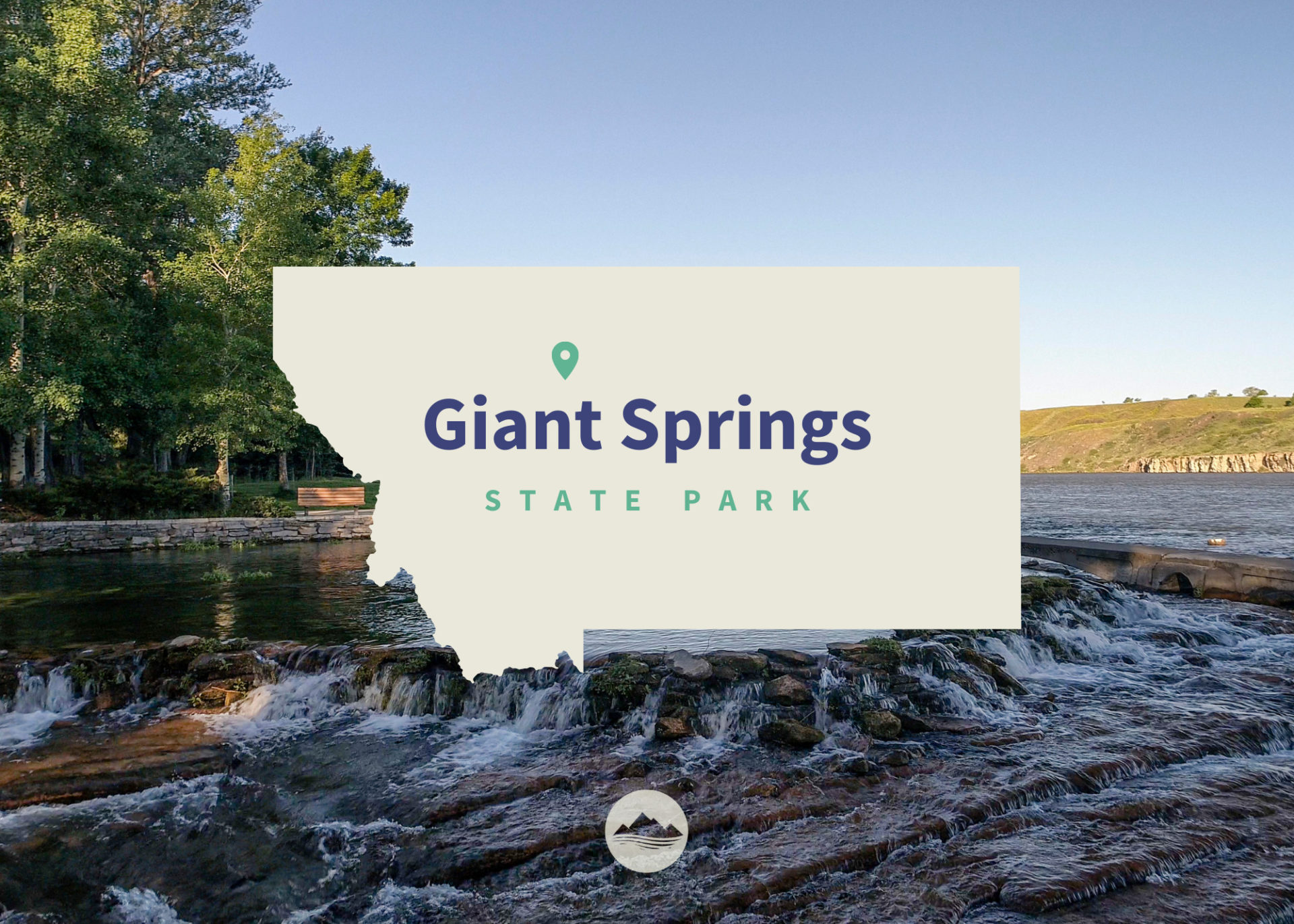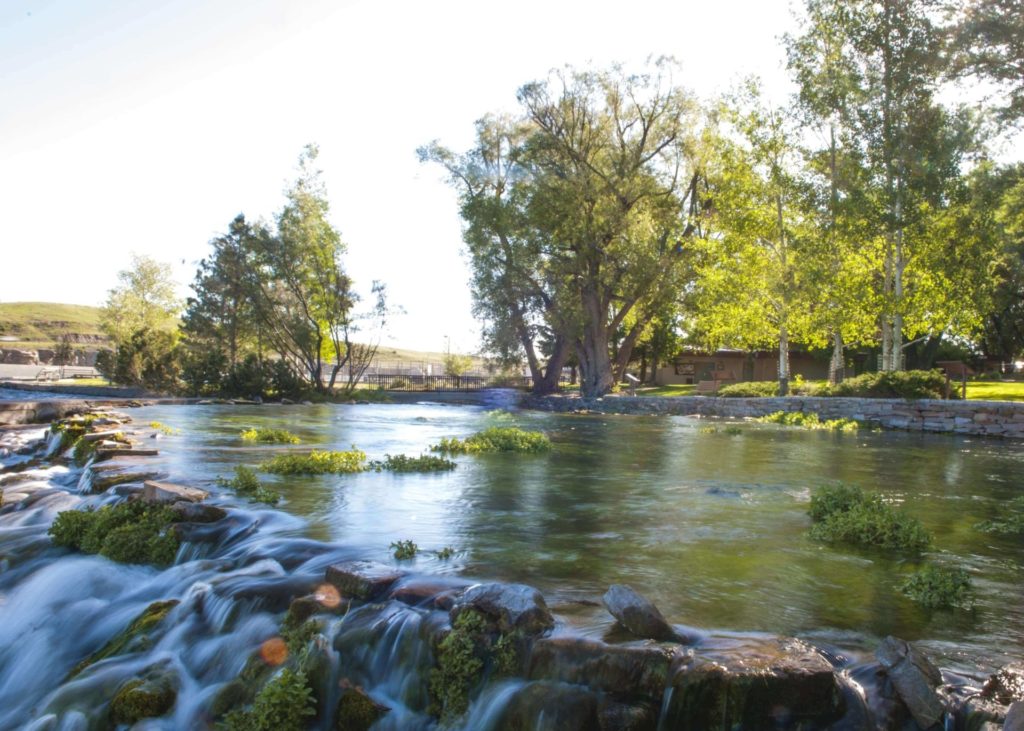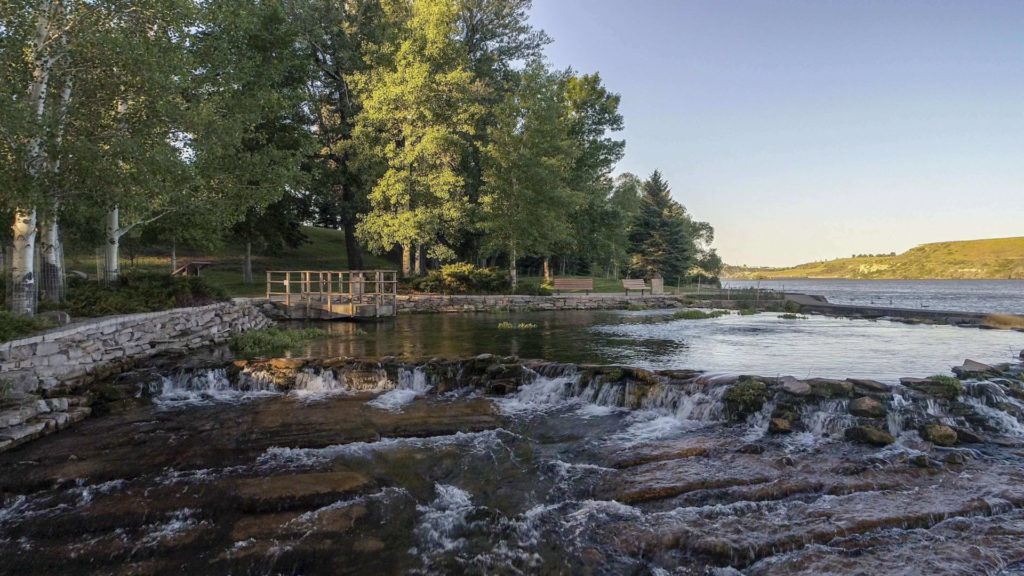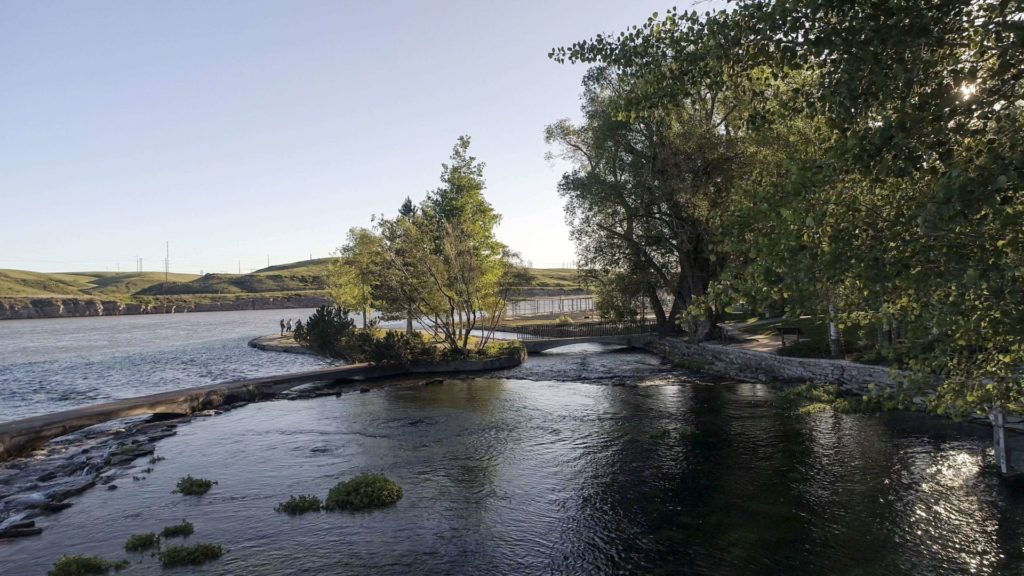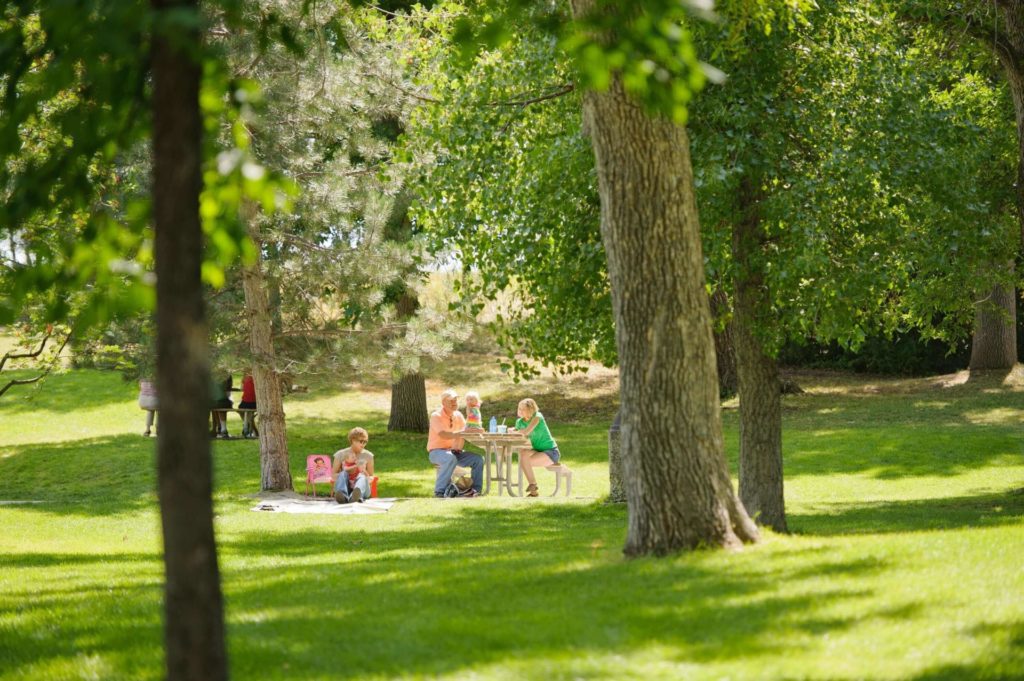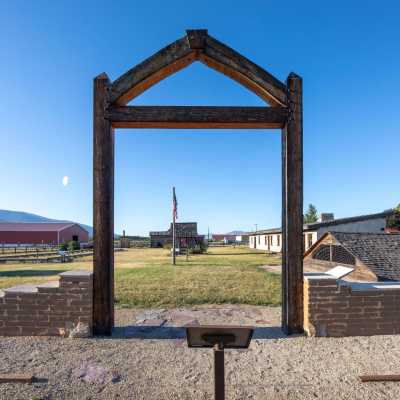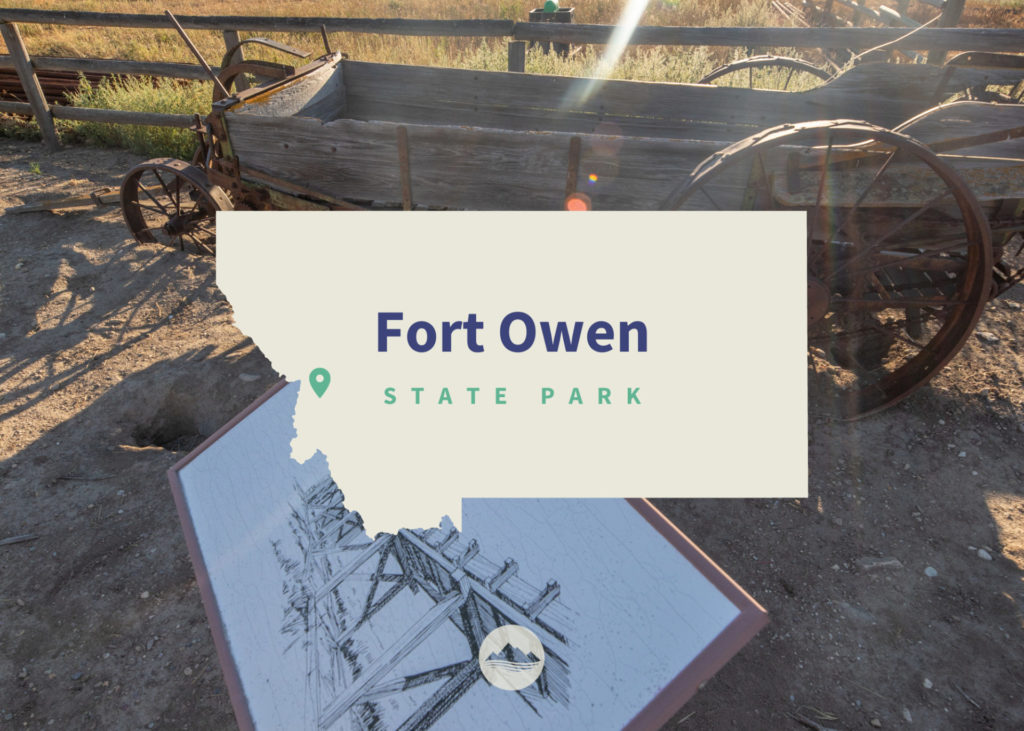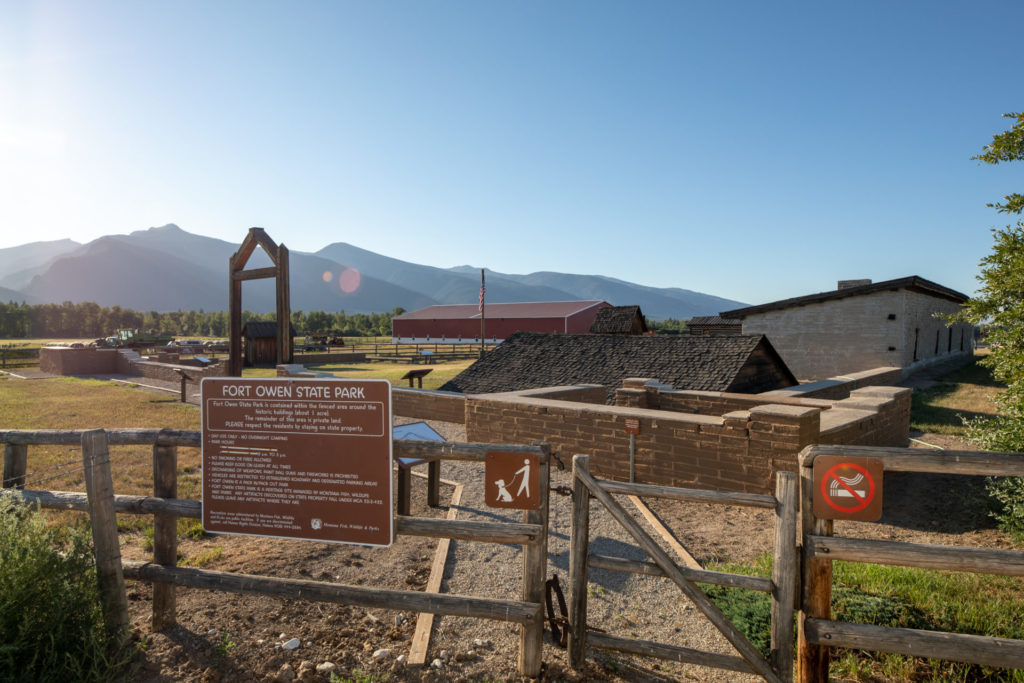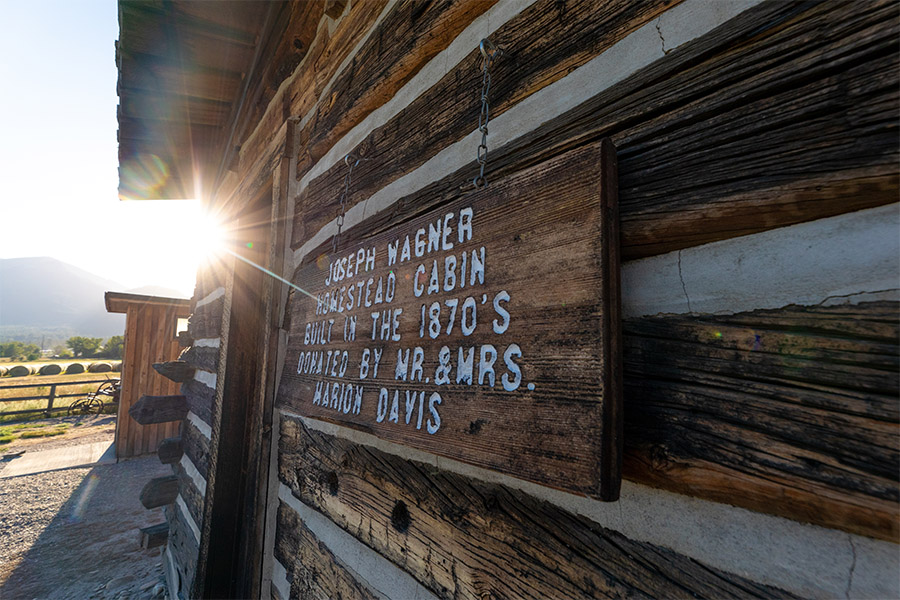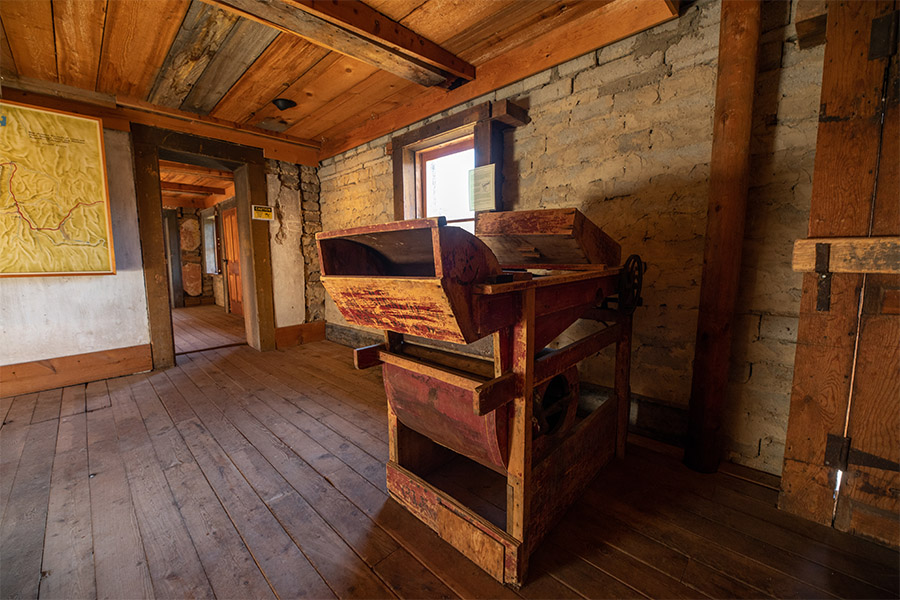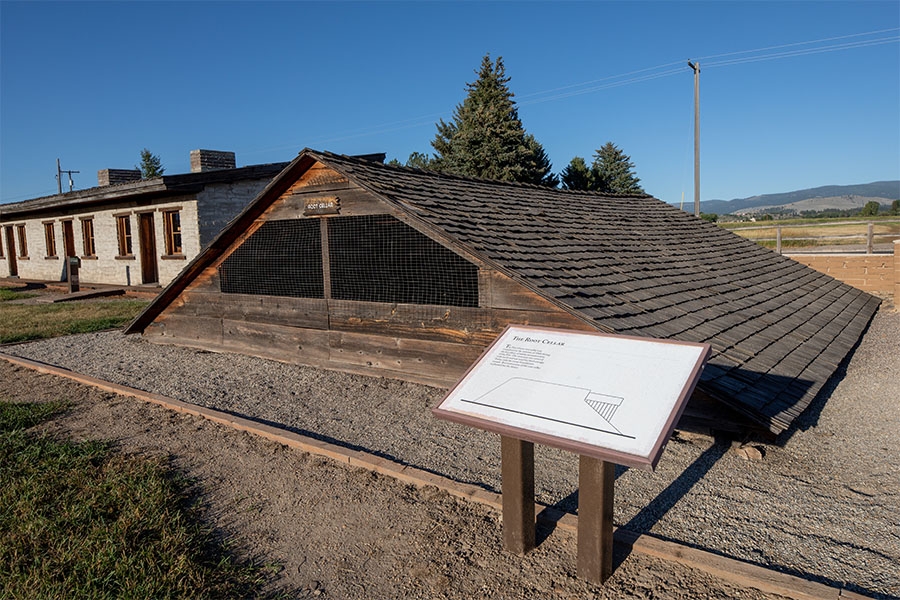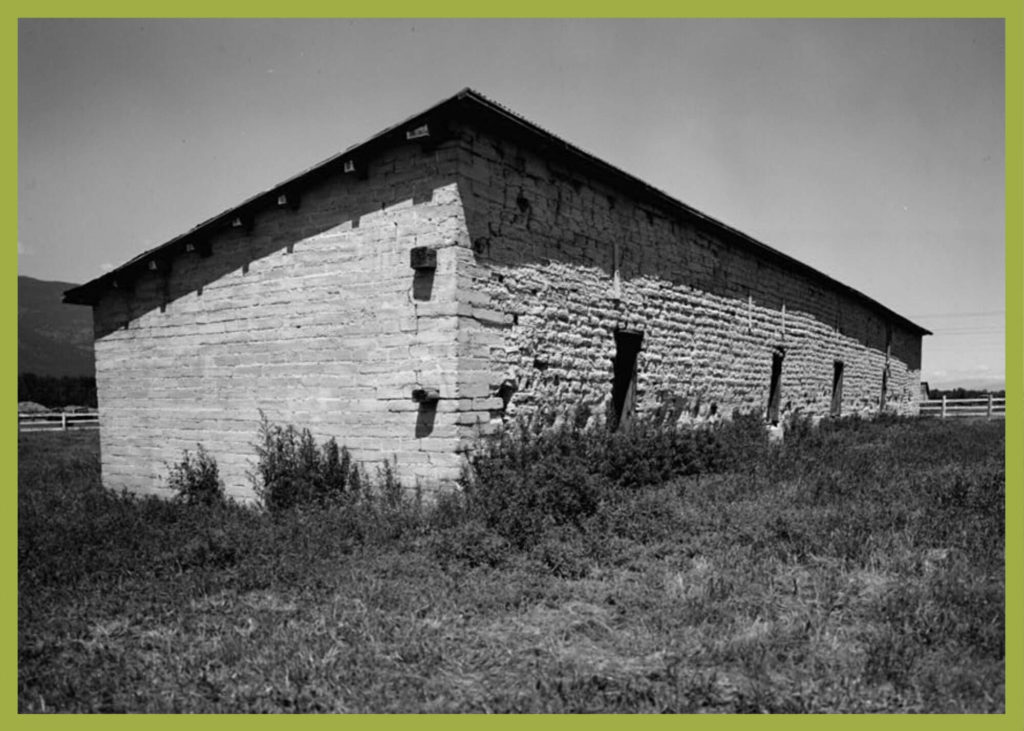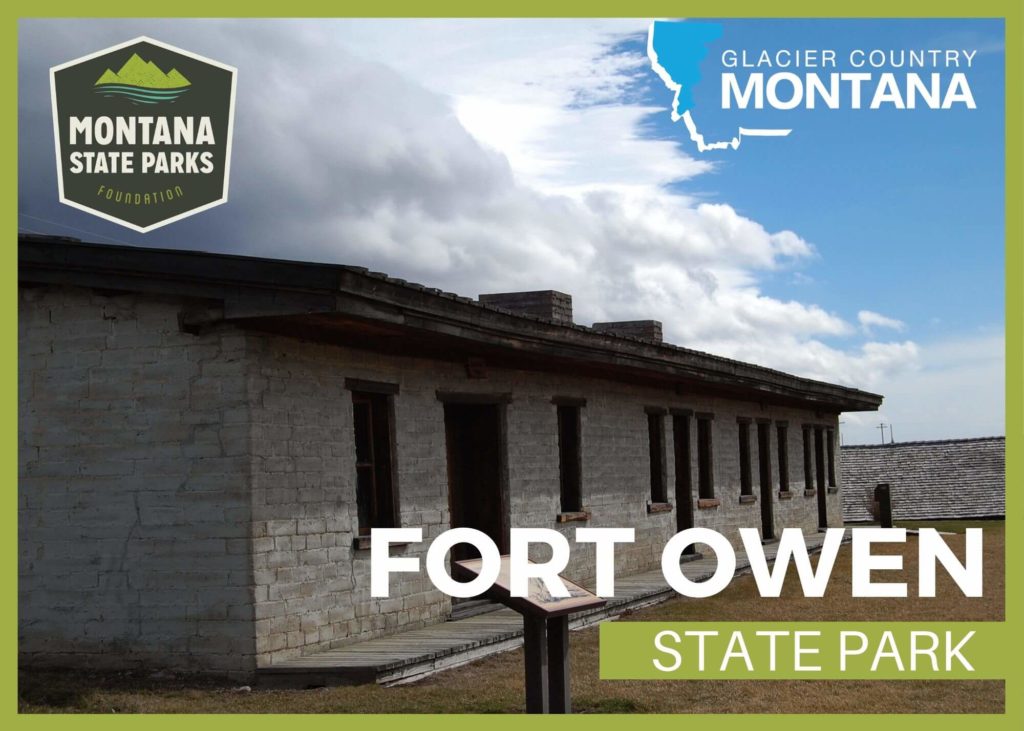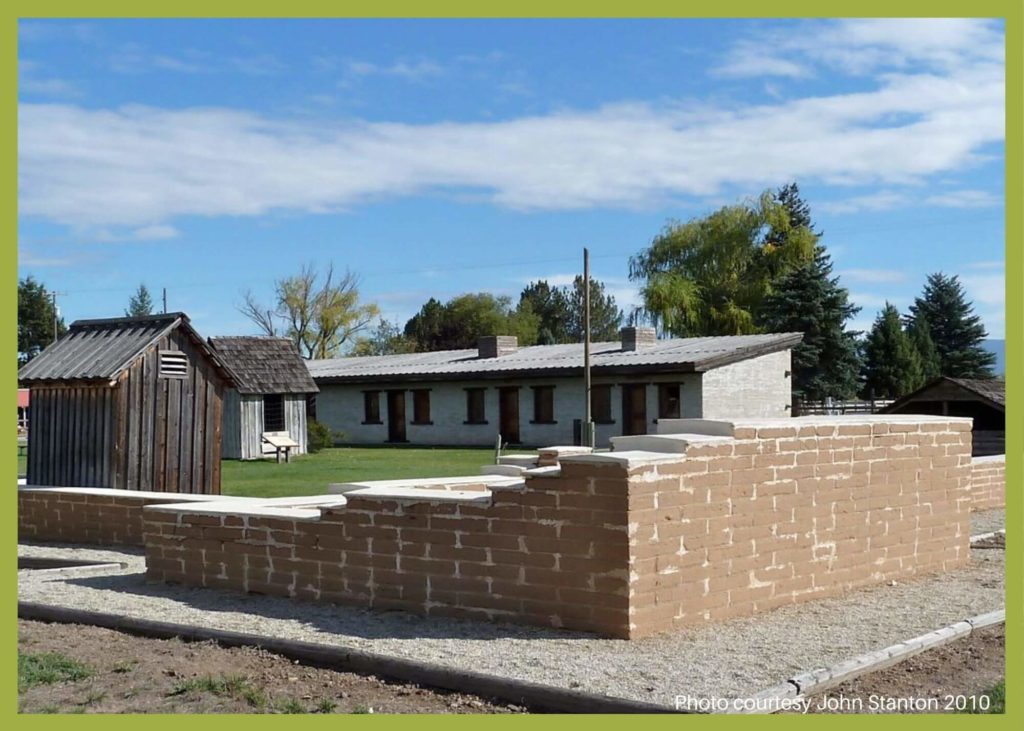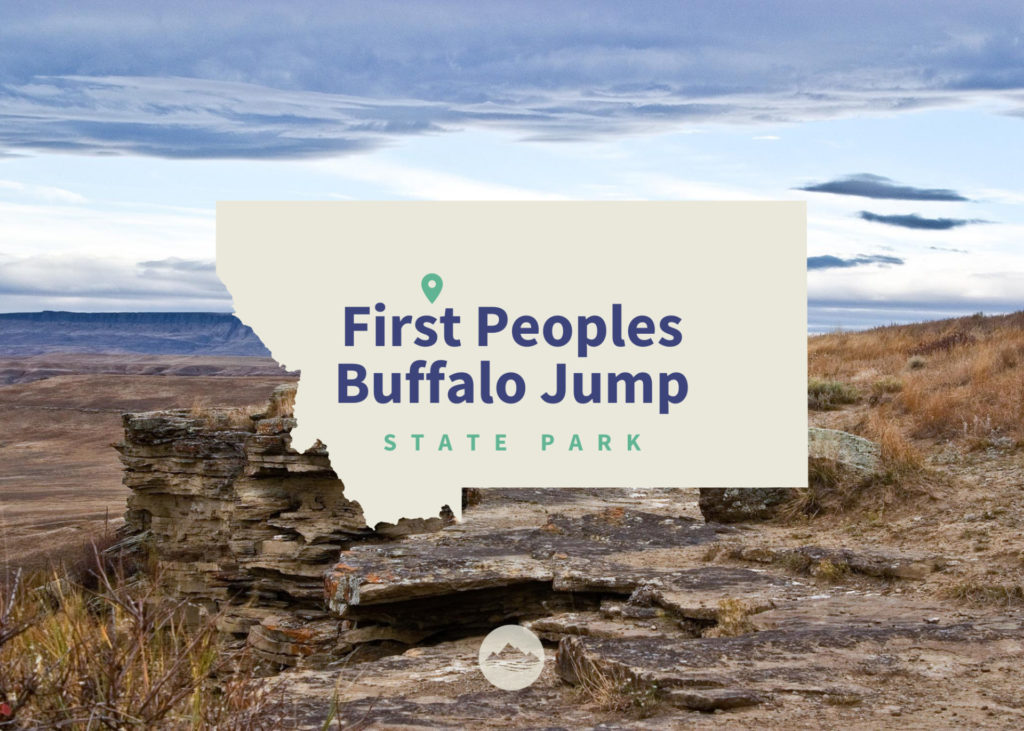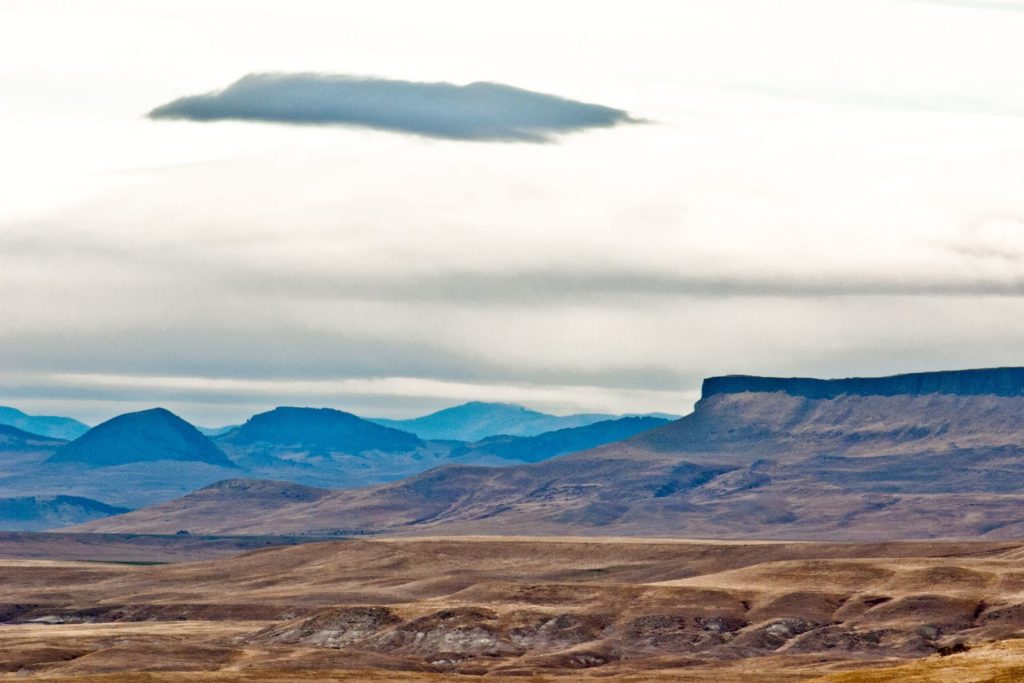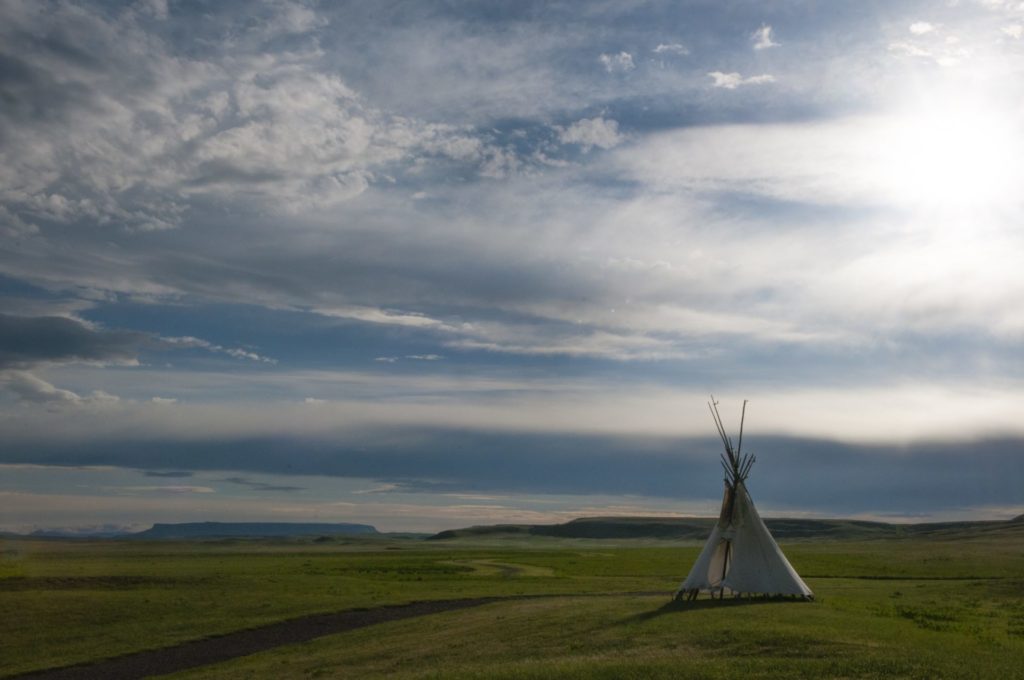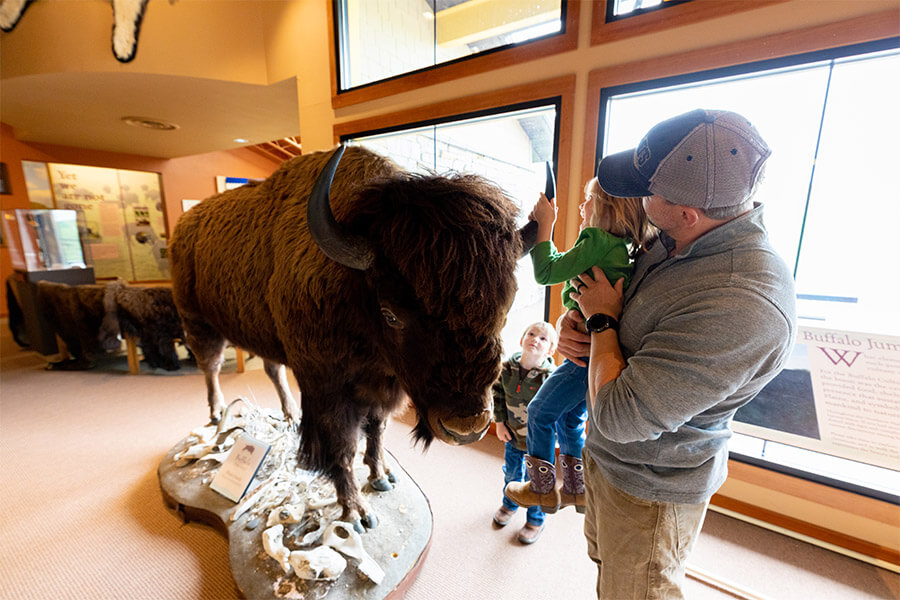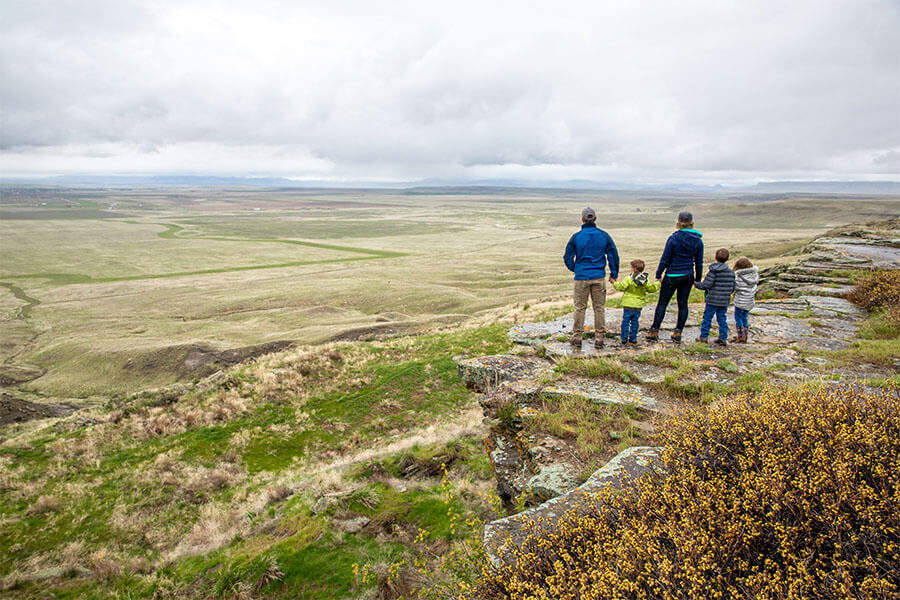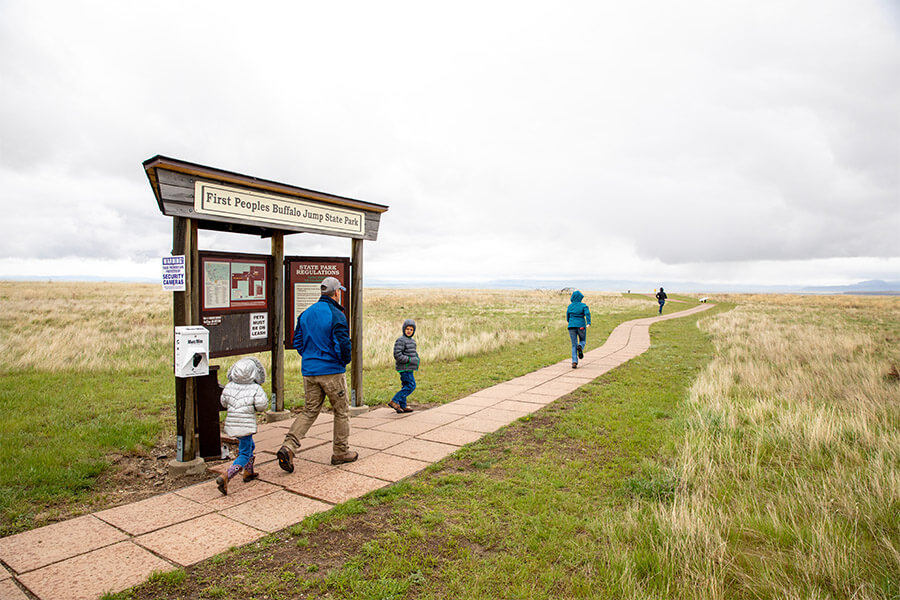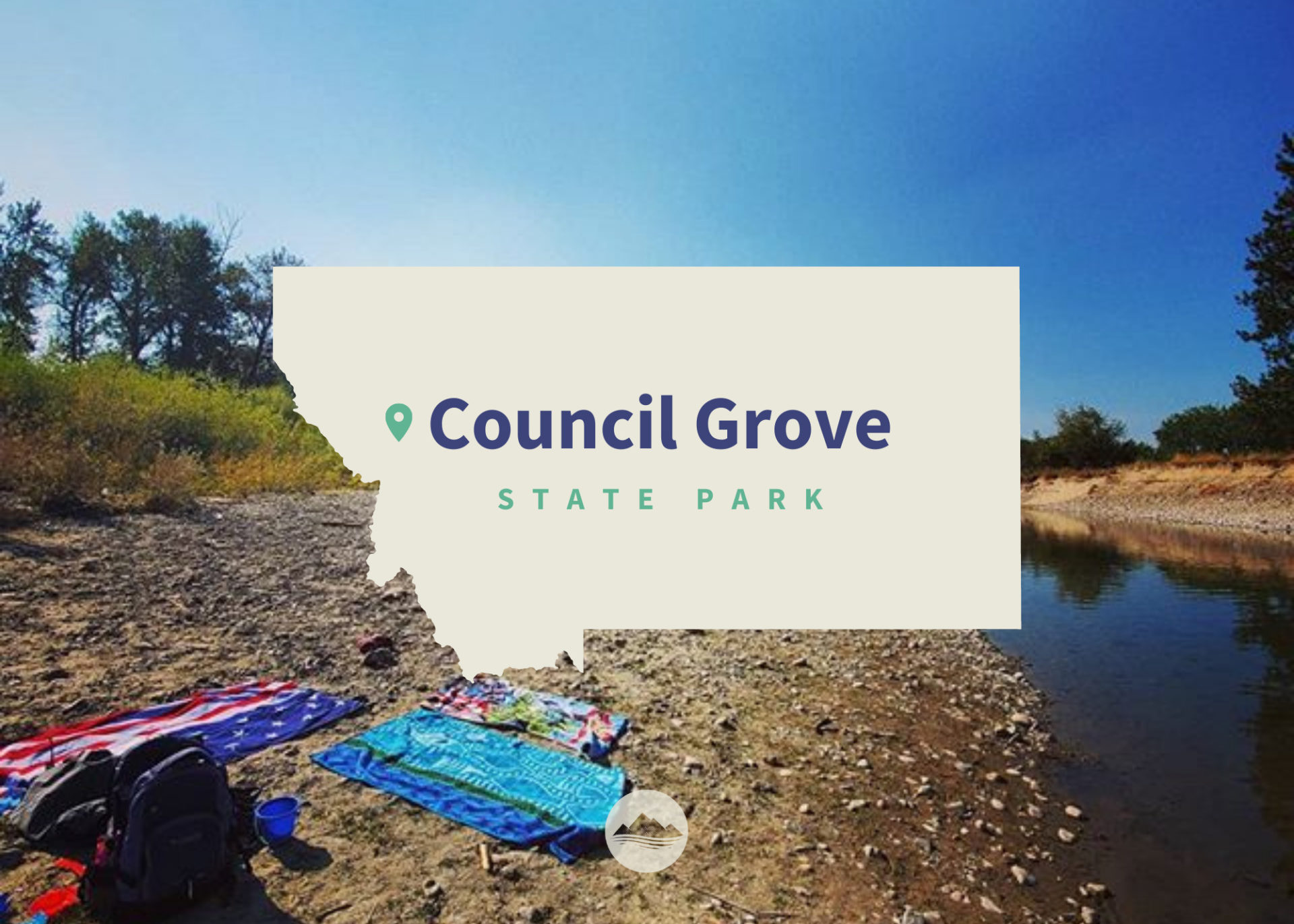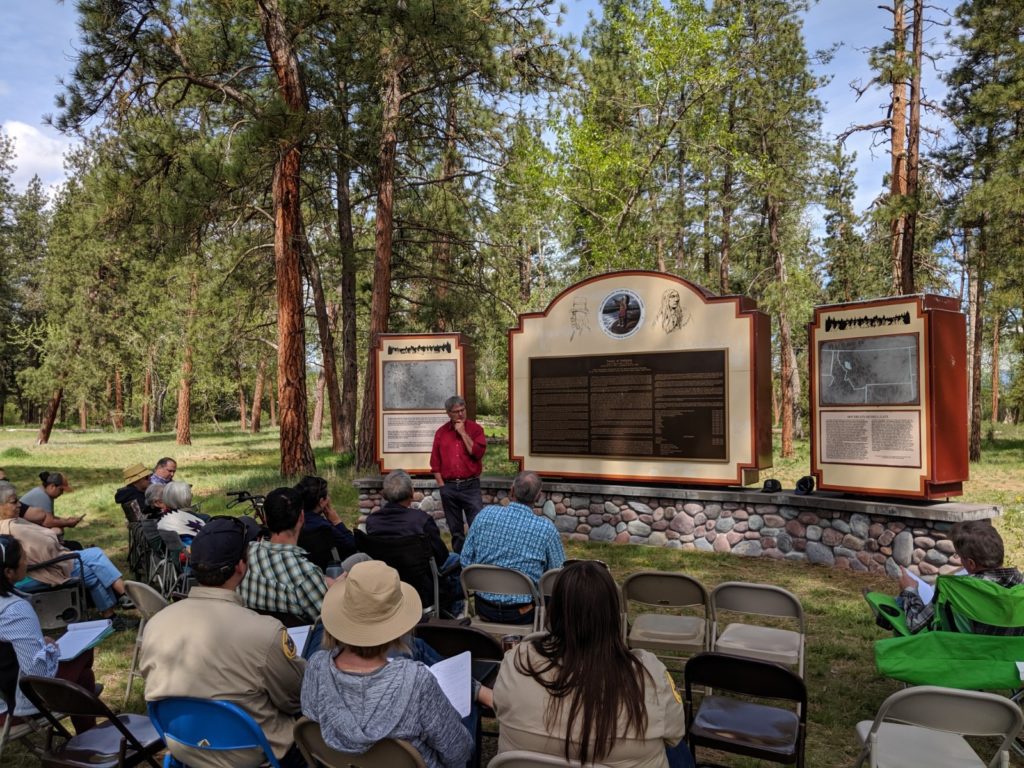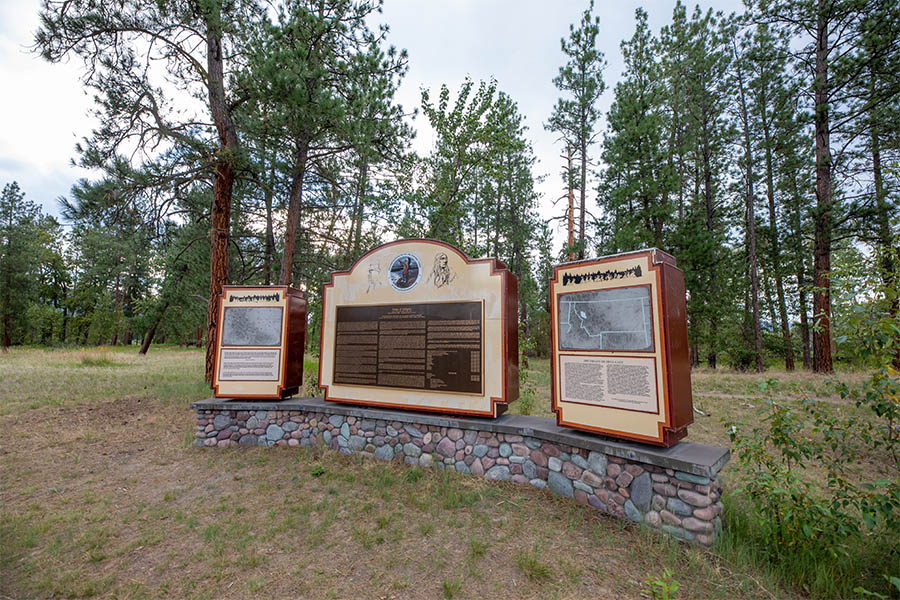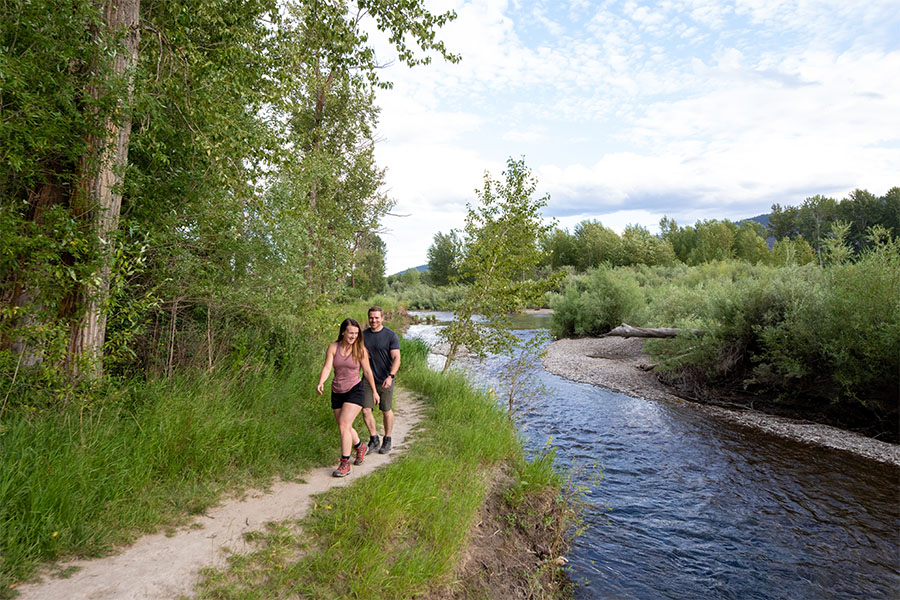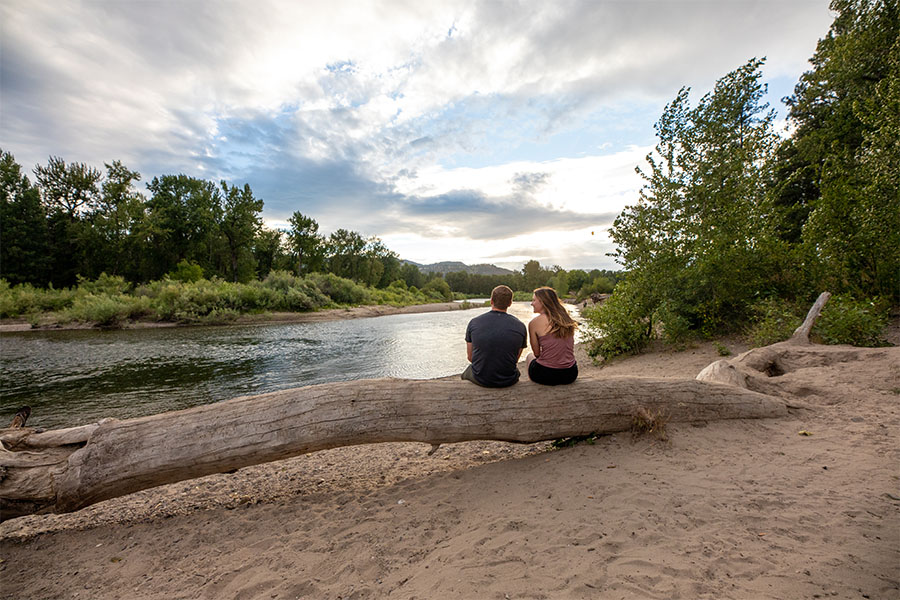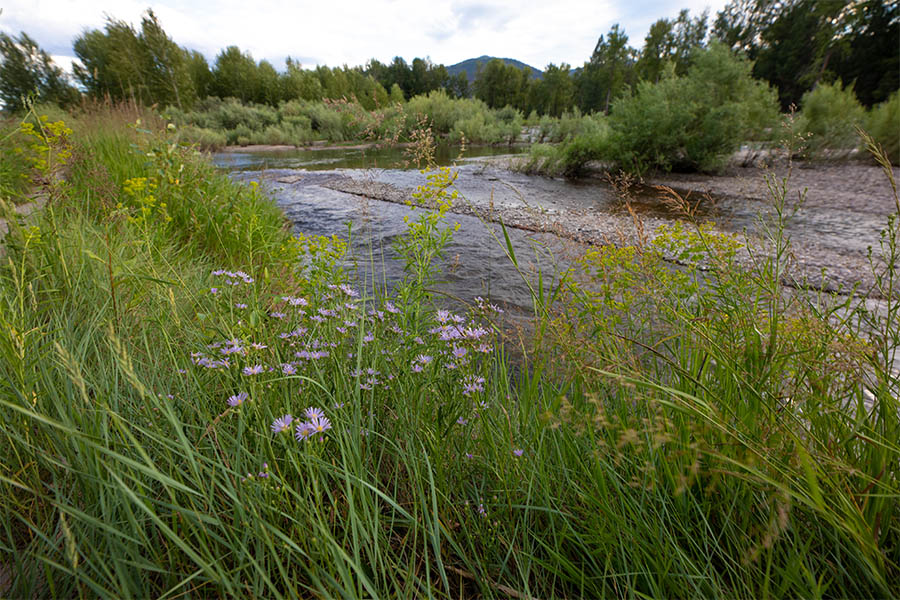Travelers’ Rest State Park
Travelers’ Rest State Park

Both a state park and a National Historic Landmark, Travelers’ Rest is filled with historical significance. In 2001 the land that Travelers’ Rest State Park resides on was donated to the State of Montana.
After an archeological investigation in 2002, it was discovered that this location was used as a campsite by Lewis & Clark and the Corps of Discovery on two occasions, first from September 9-11 in 1805 and then again the year after from June 30-July 3 in 1806.
Interested in the history of the park?
During the archeological investigation of the site, archeologists discovered a trench latrine tainted with mercury (a common prescription for many ailments used by the Corps of Discovery), hearths and traces of lead (used in the repair and making of firearms).
The way the camp was set up also led the archeologists to believe that this was the campsite of the Corps of Discovery. The placement of the hearths, latrines and other aspects of the camp were taken from a military manual Lewis & Clark were known to have relied on.
The trace elements in the lead found at the campsite were traced back to elements in Kentucky where Lewis & Clark would have likely gotten their lead! The items found paired with the setup of the camp allowed investigators to come to the conclusion that this was, indeed, the campsite of Lewis & Clark.
The park may be called Travelers’ Rest, but that doesn’t mean you can’t be active! Take a hike along Lolo Creek.
Learn more about Native American culture from Native storytellers who bring their history and culture to all as part of the programming at Travelers’ Rest.
Western Montana is a great place to fish and Travelers’ Rest is no exception! Try your hand at stream or fly fishing in Lolo Creek.
History buff? Spend some time in the museum where you’ll find Lewis & Clark Expedition replicas, Salish cultural exhibits, Native American handcrafts, a frontier Main Street and much more!
Have a large group? There is a pavilion available to rent! Simply contact the park to make a reservation. Phone: 406-273-4253 Email: [email protected]
Looking to enjoy the wildlife? Go bird watching to see how many of the 115 recorded species you can find!
Plus so much more!
Travelers’ Rest was also used by Native American tribes in the area. The Salish, Pend d’Oreille and Nez Perce used the area as a campsite and trail junction.

Curious what other visitors have had to say about the park?

Park
9:00 am - 5:00 pm daily
Closed Thanksgiving Day & December 25
Visitor Center
May 1 - September 30
9:30 a.m. - 4:30 p.m.
October 1 - April 30
10:00 a.m. - 4:00 p.m. Wednesday-Sunday
Closed Thanksgiving, Christmas Eve, Christmas & New Years Day
Location
6717 Highway 12 W Lolo, MT 59847
Travelers’ Rest State Park Read More »

